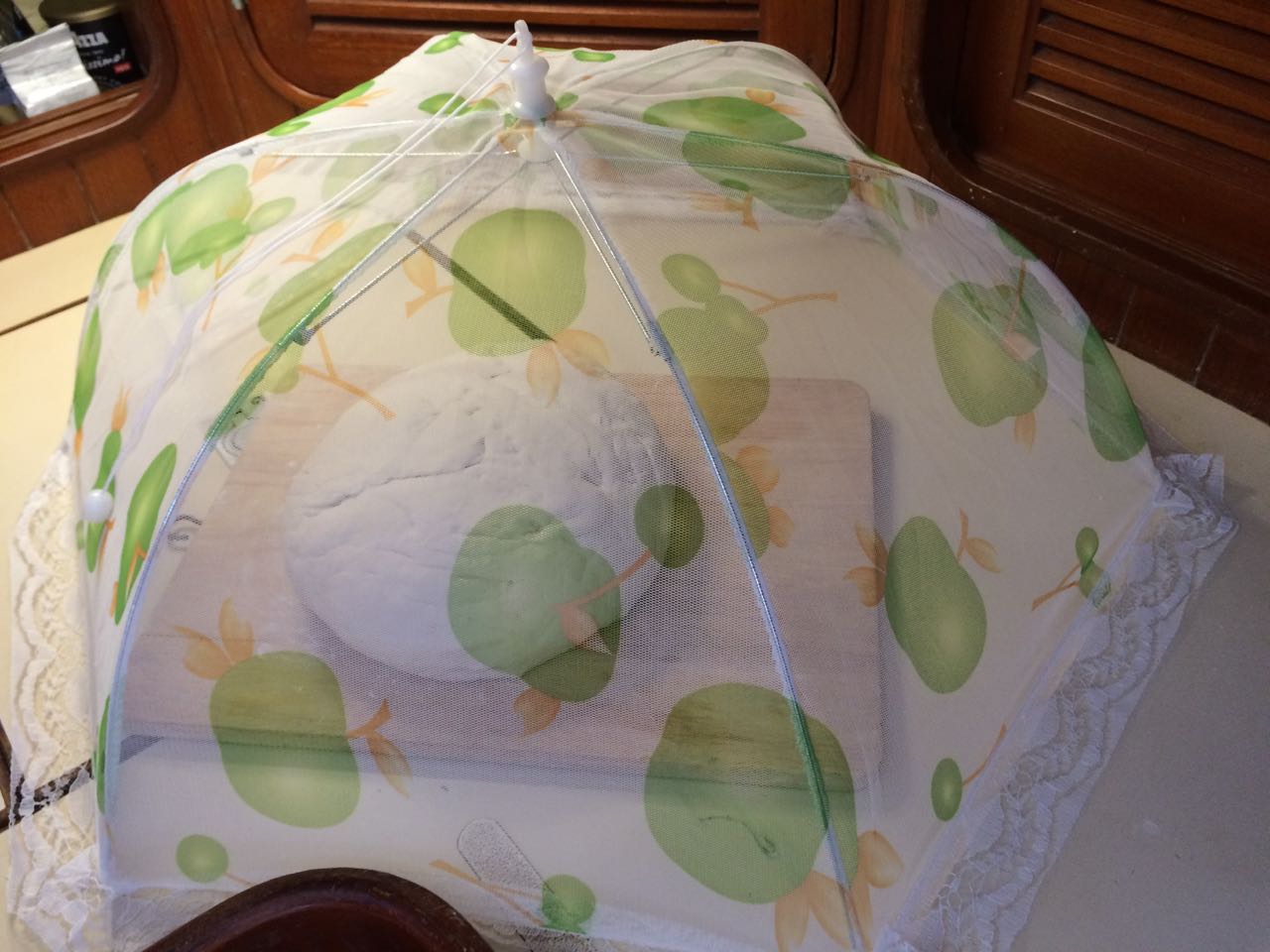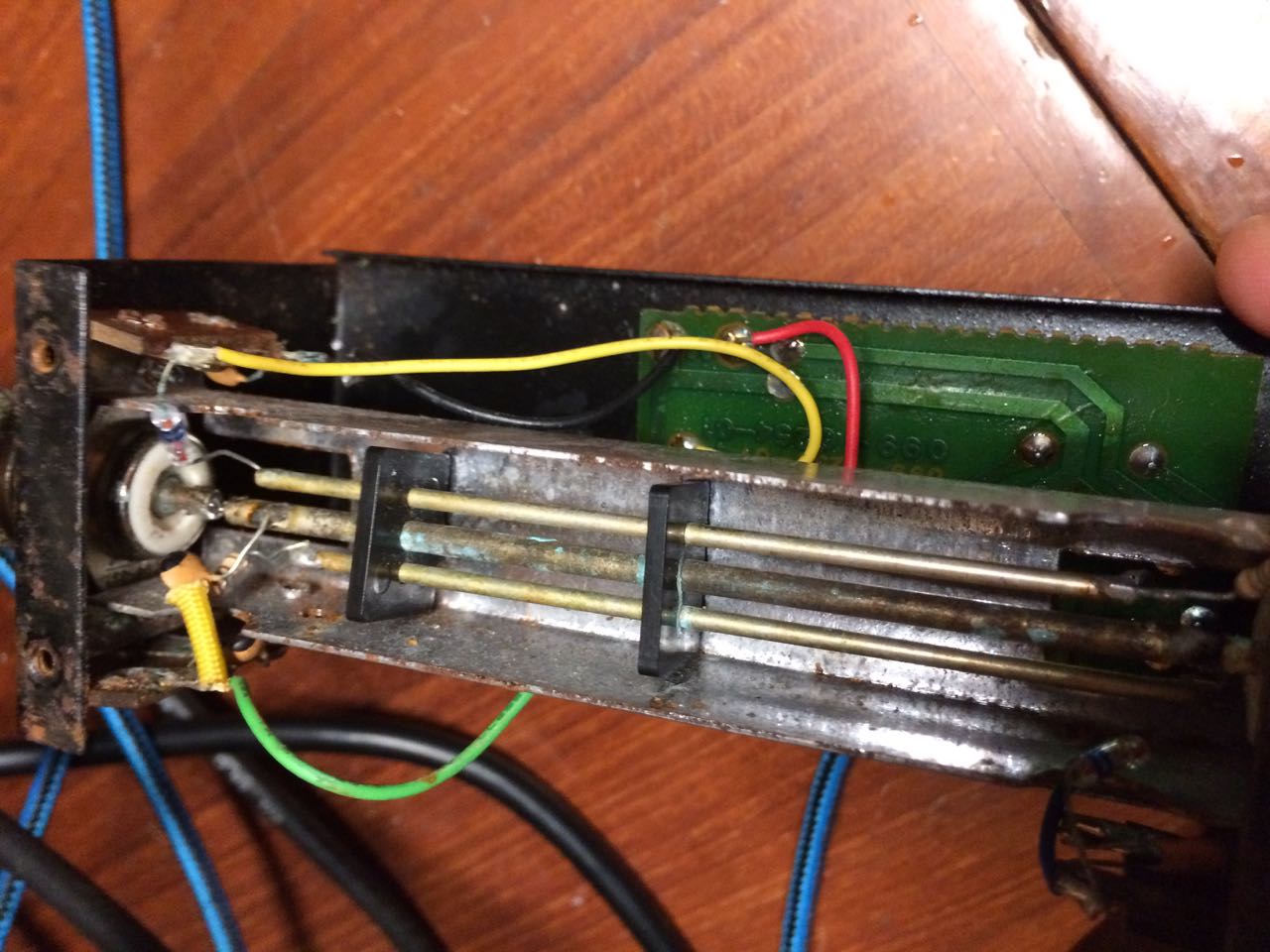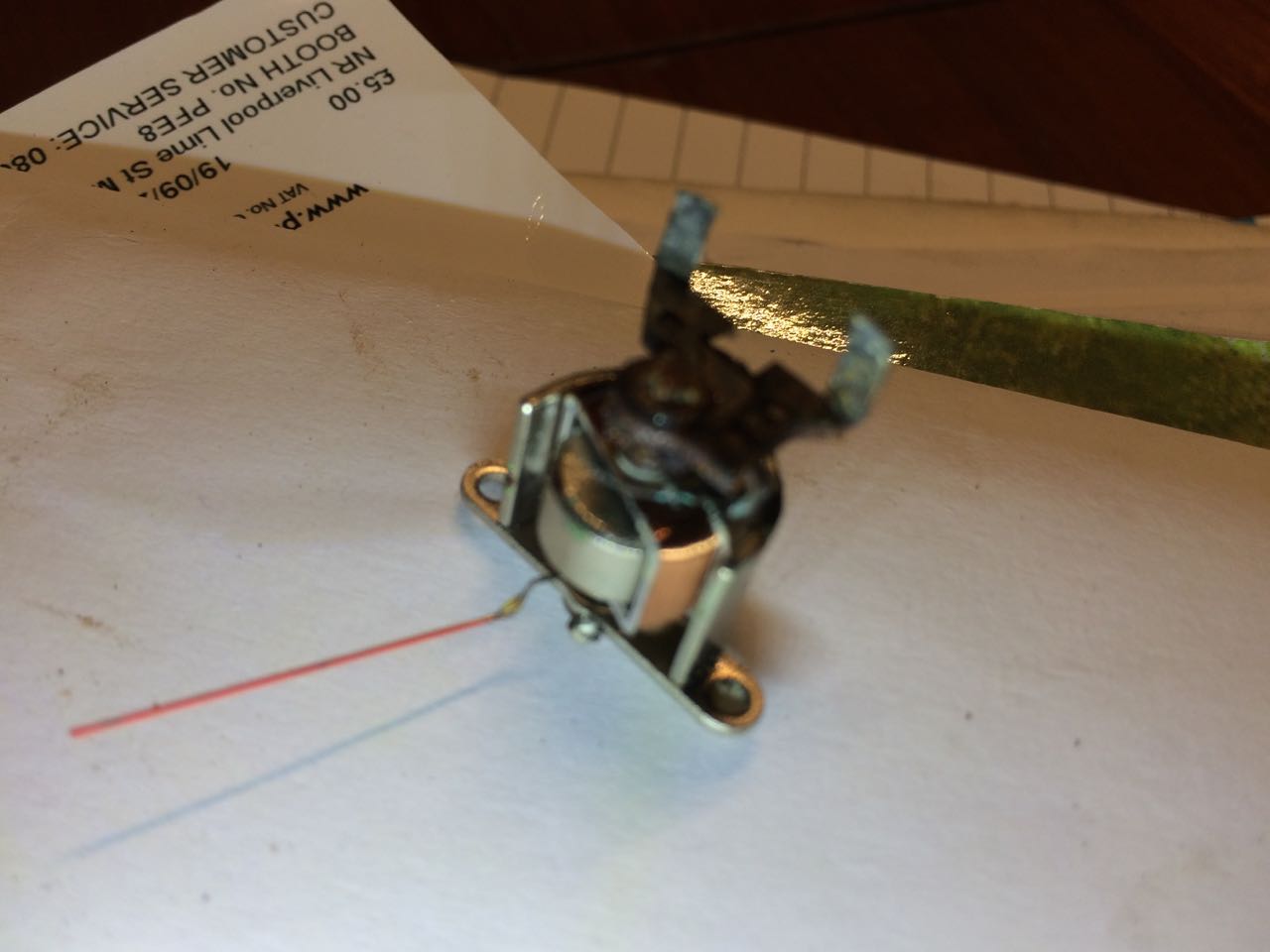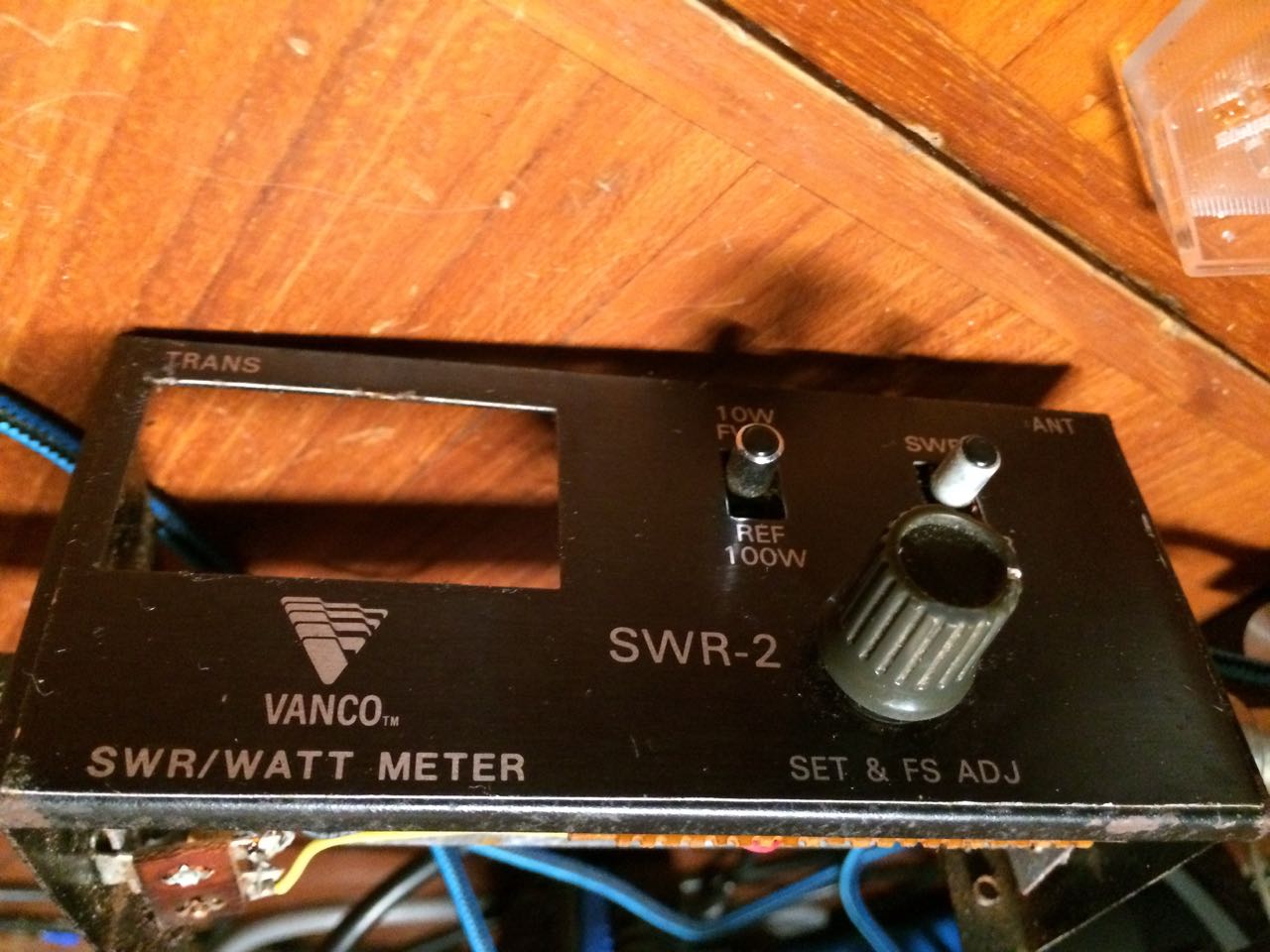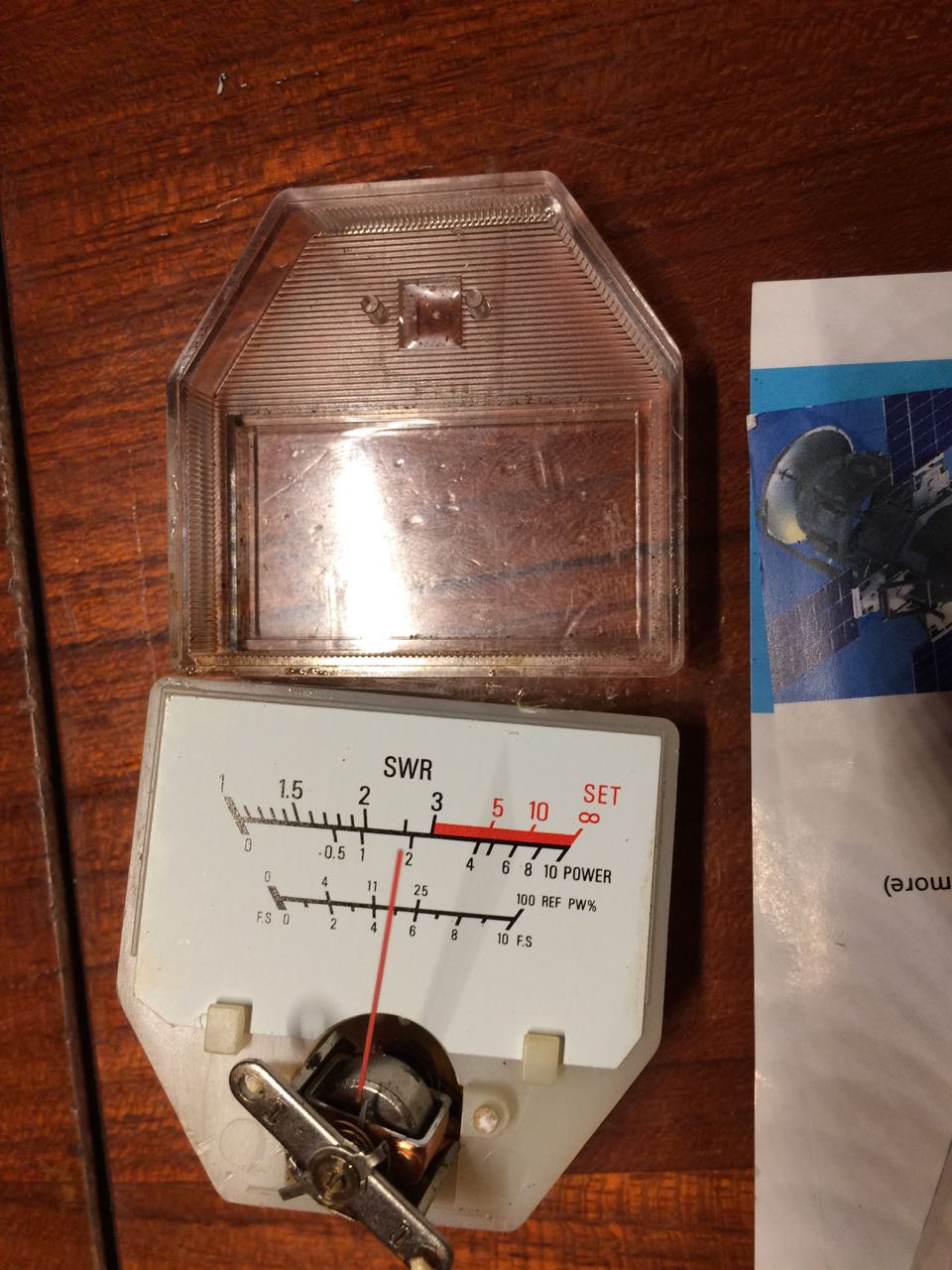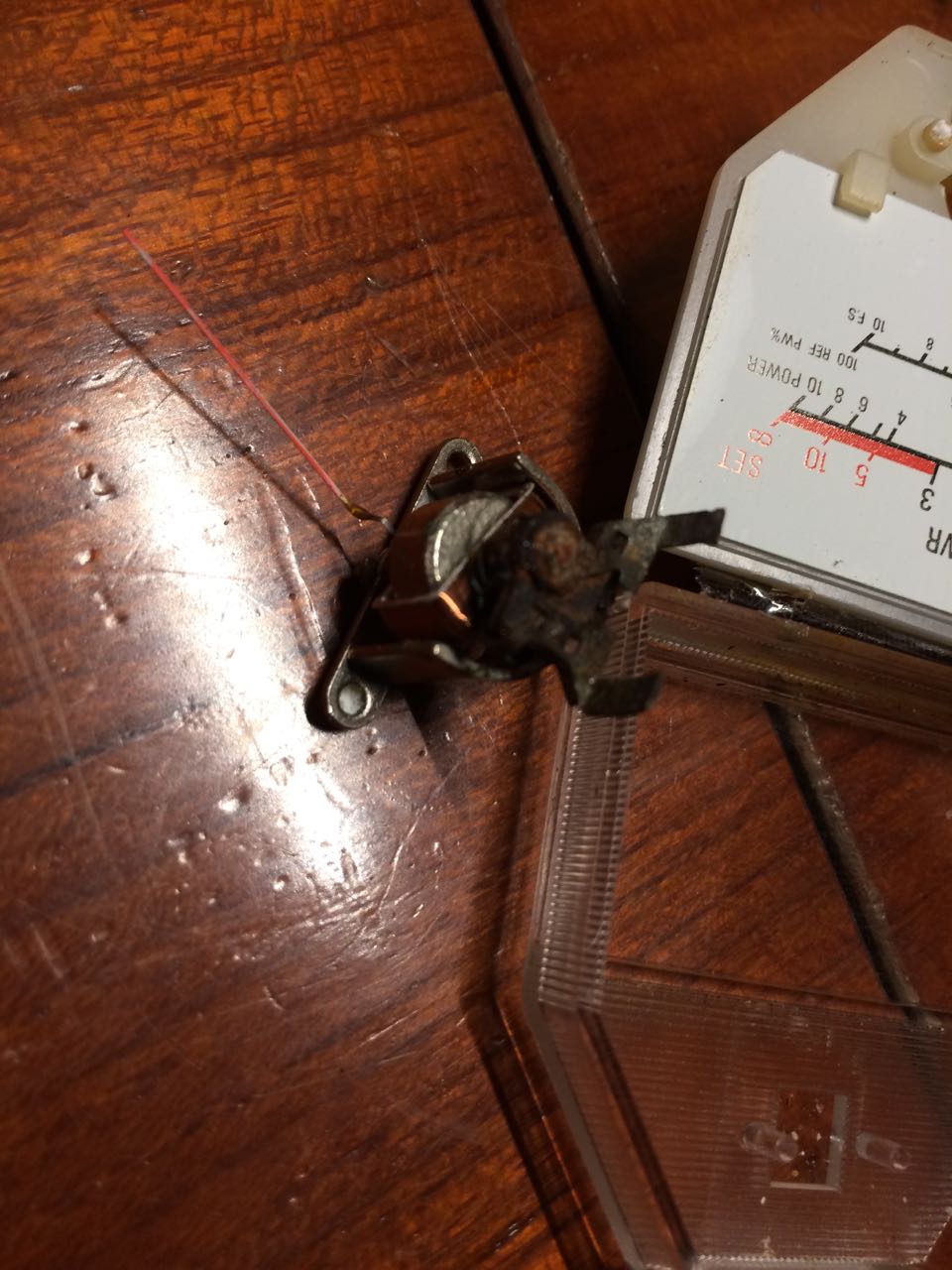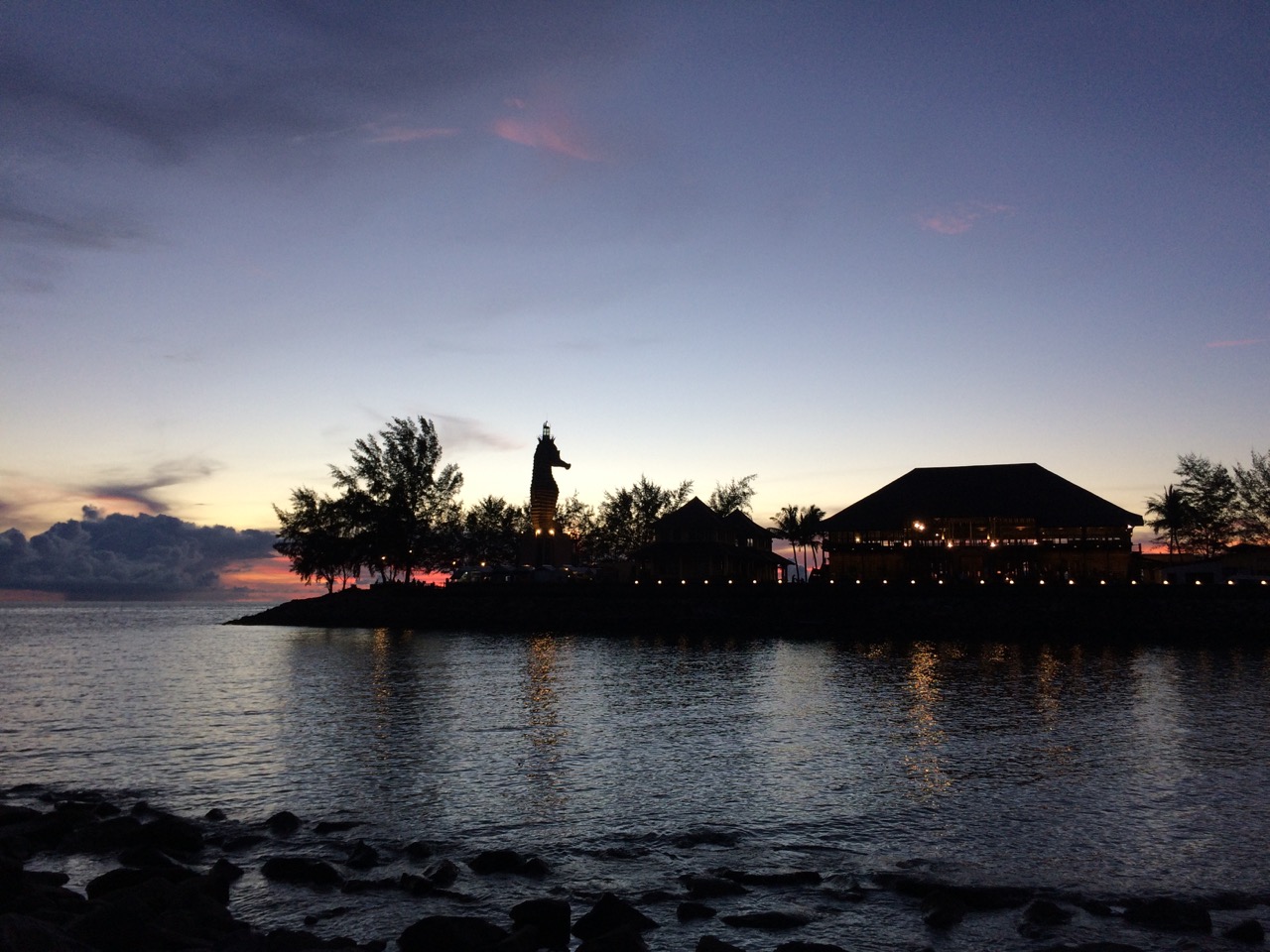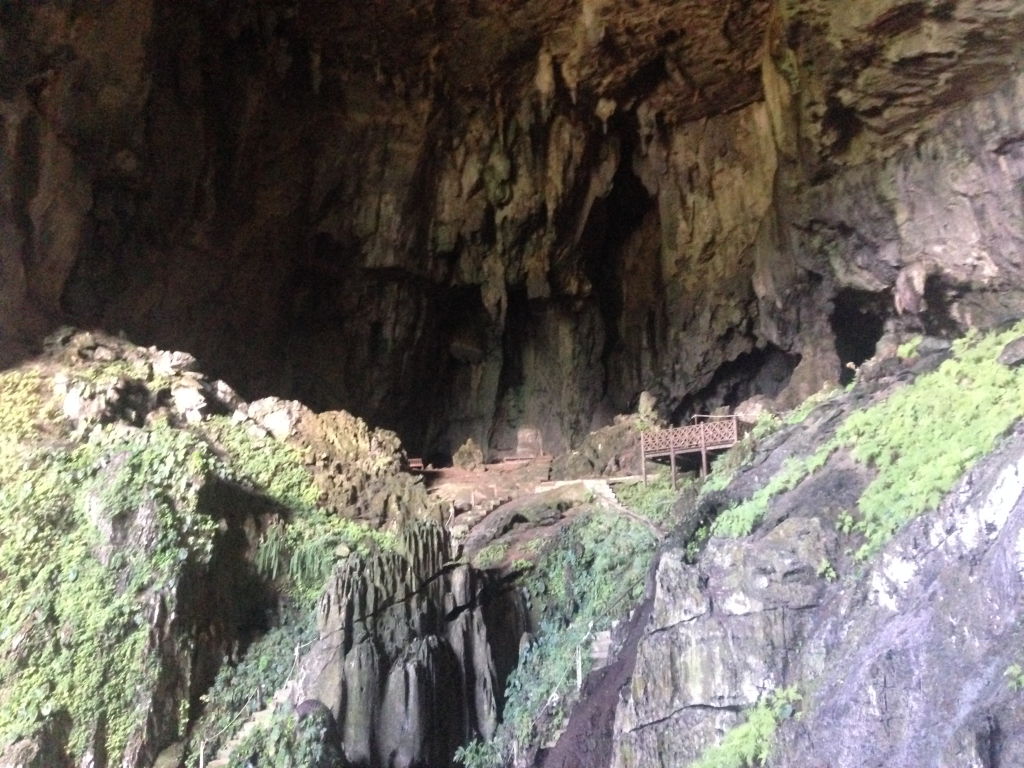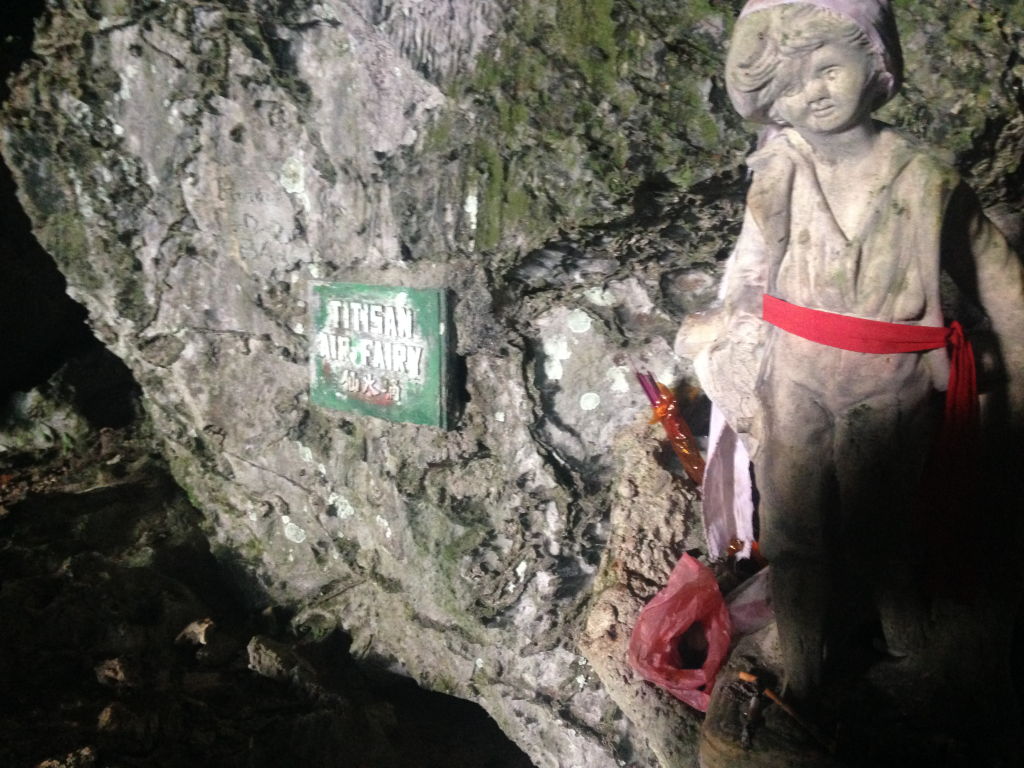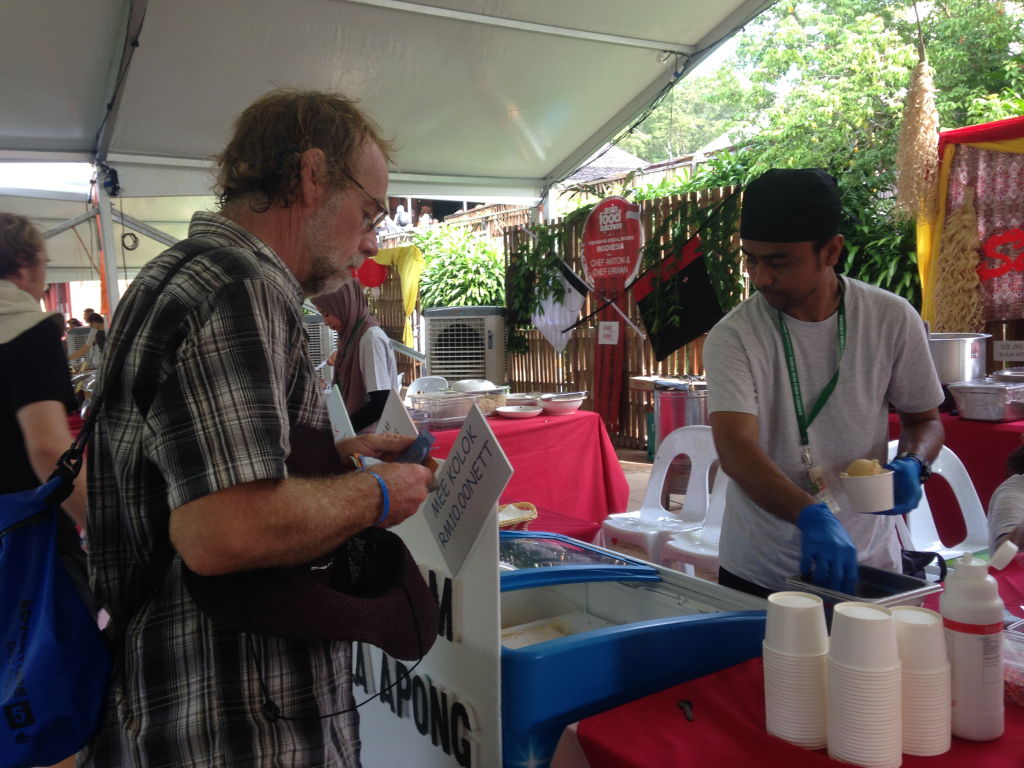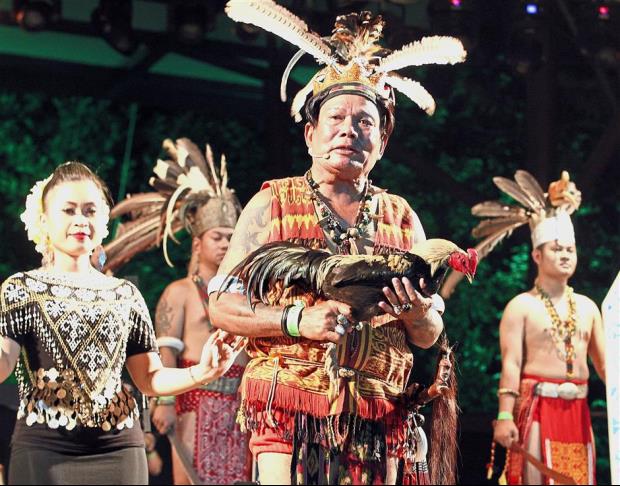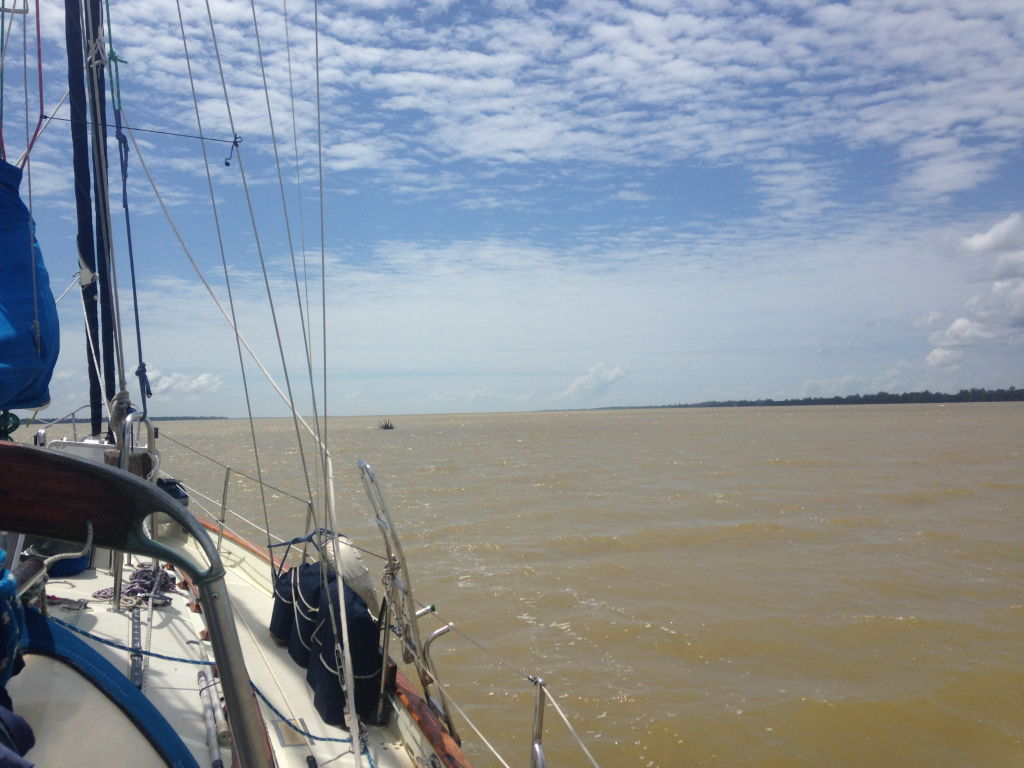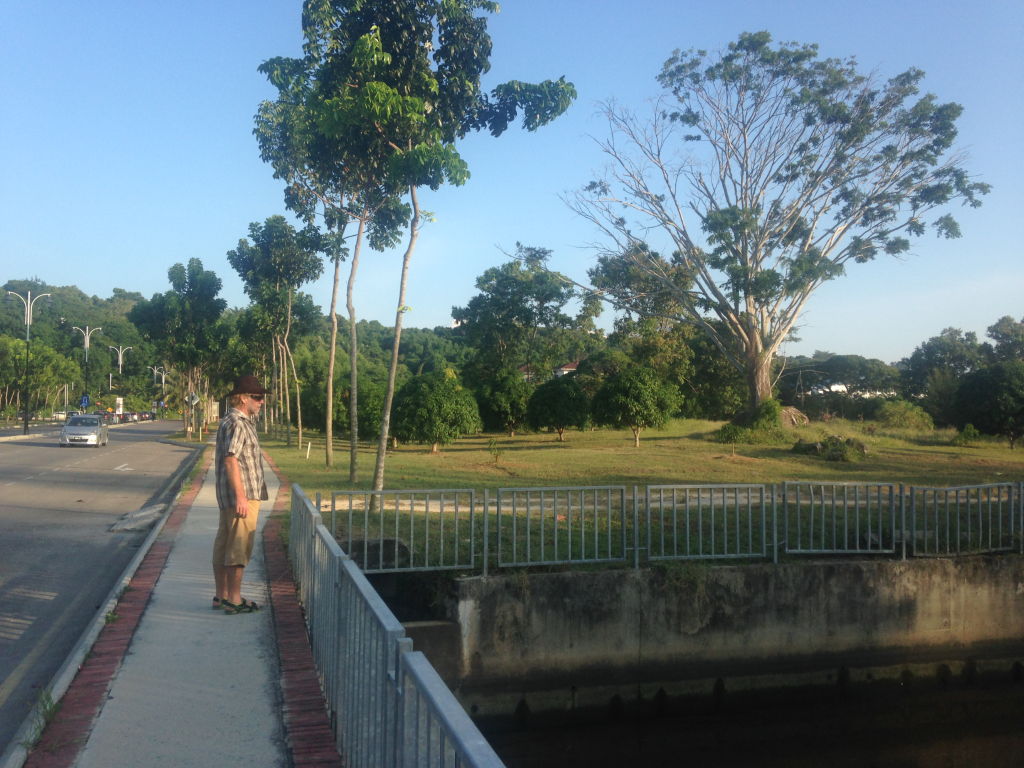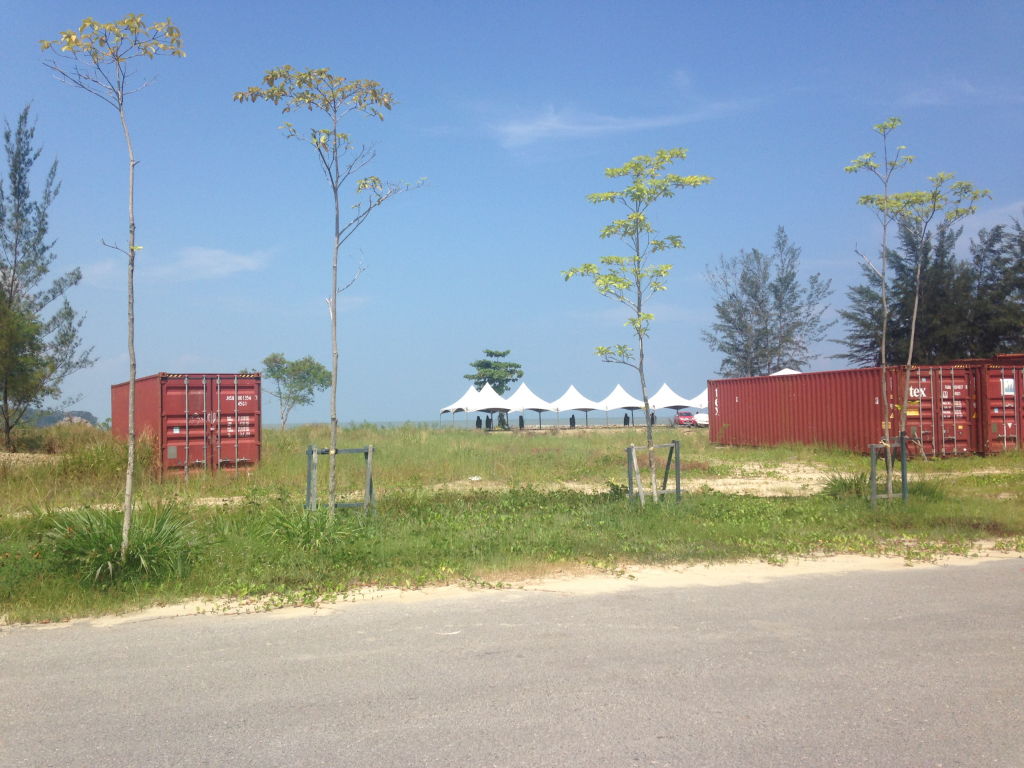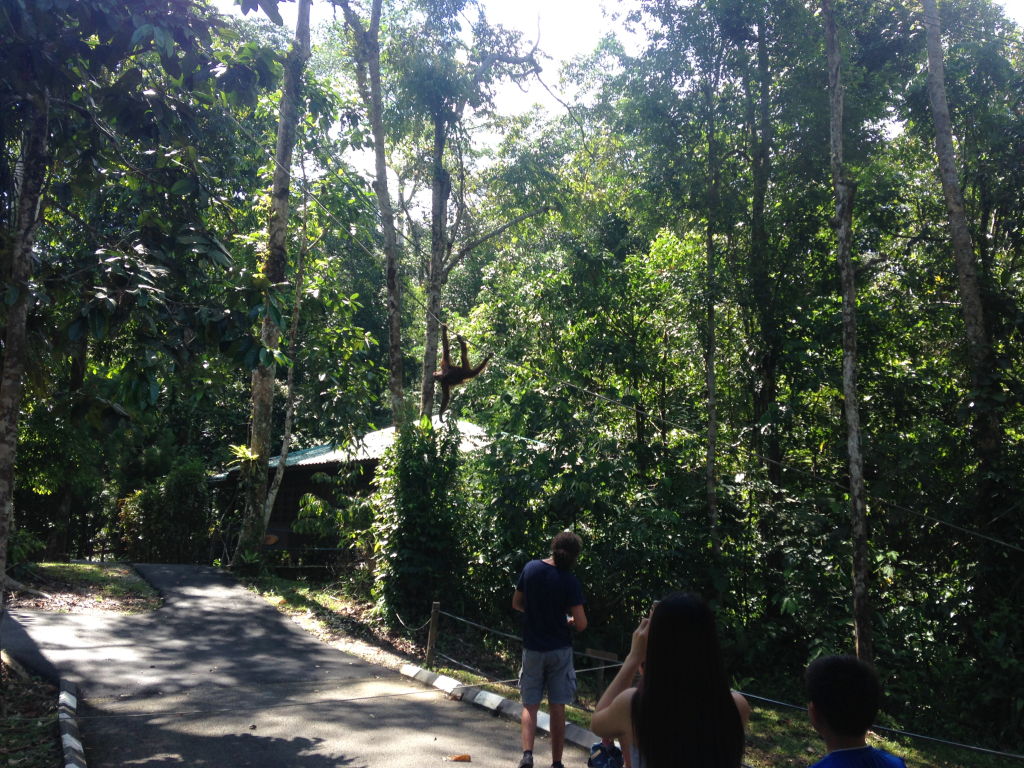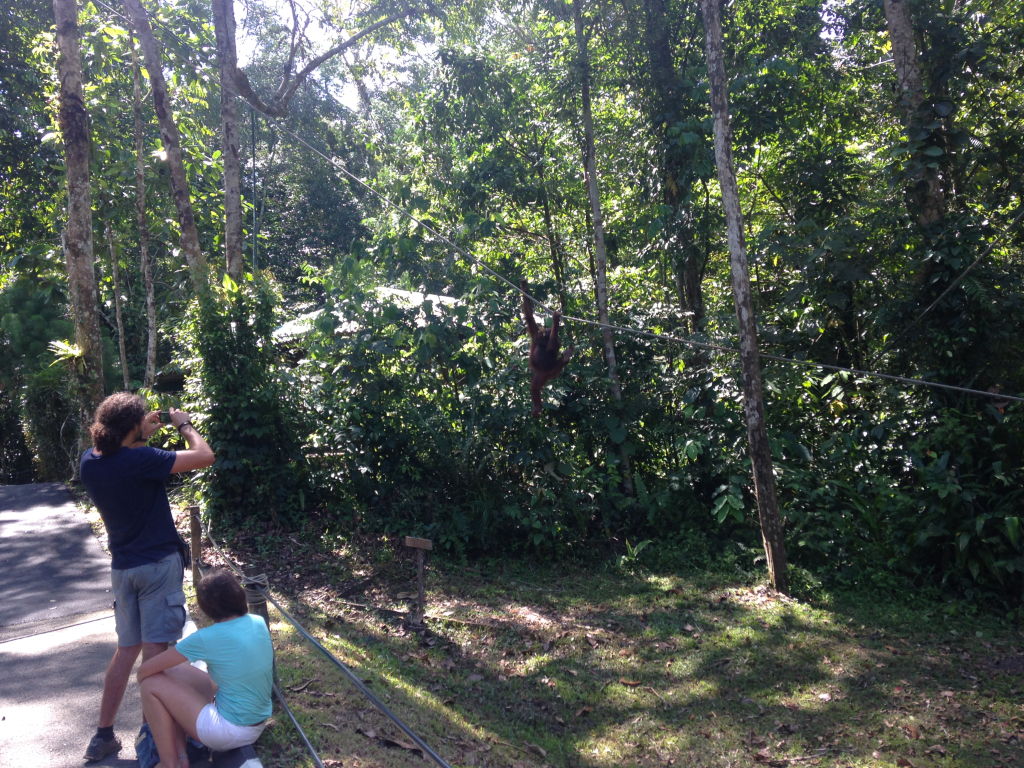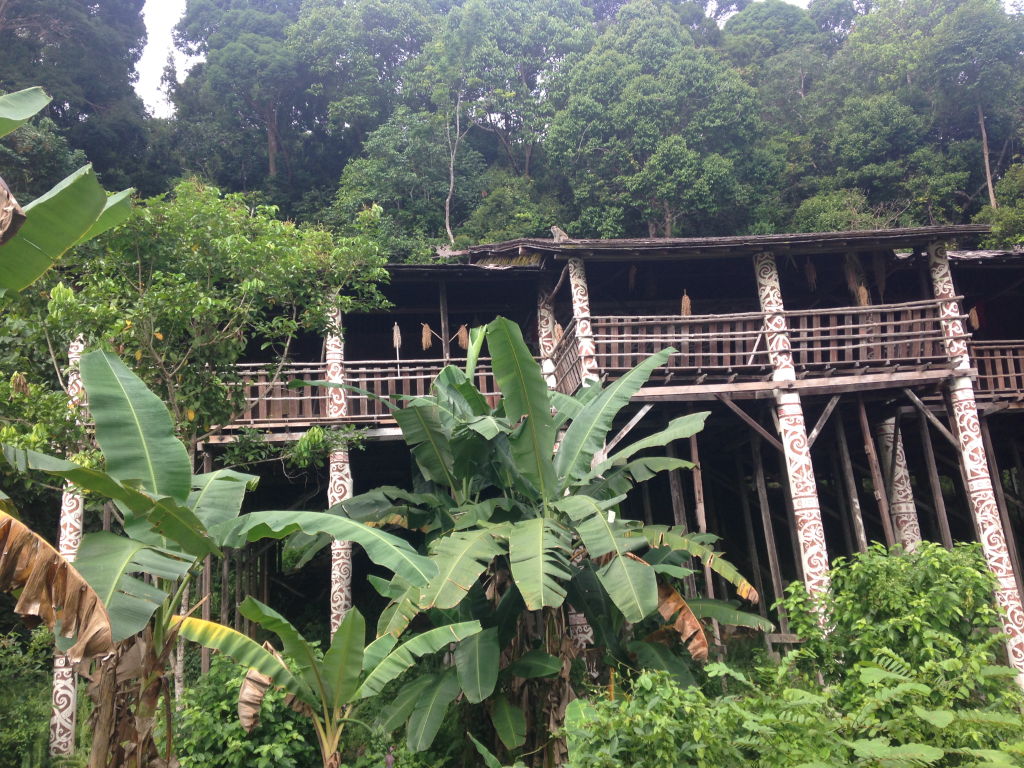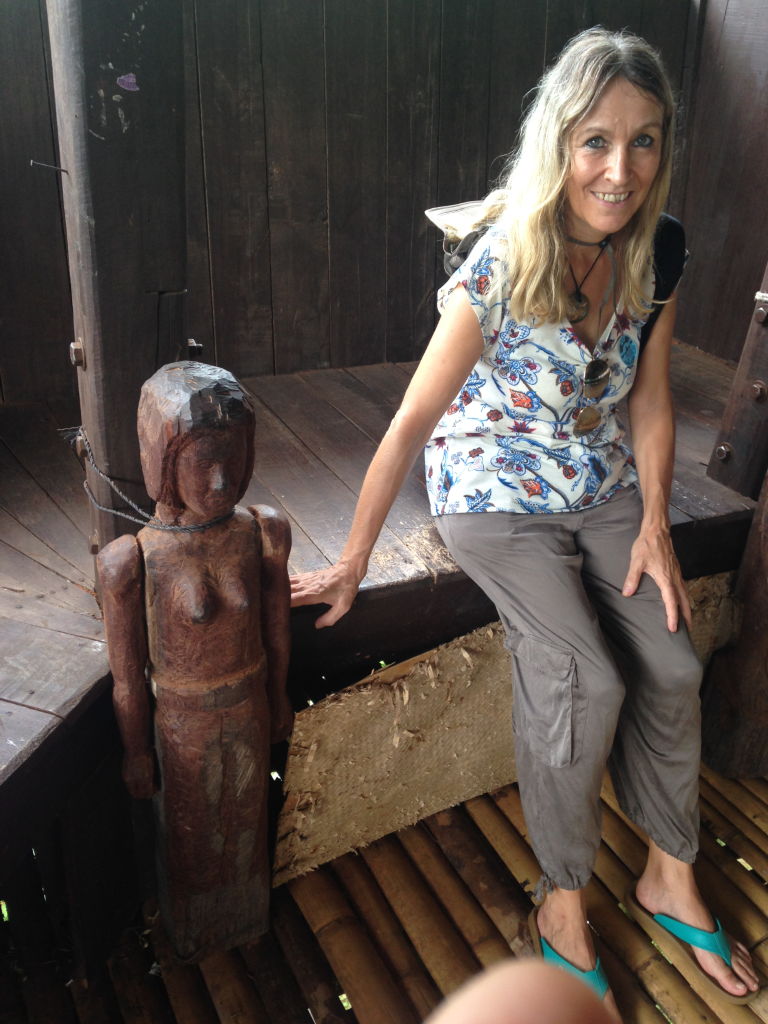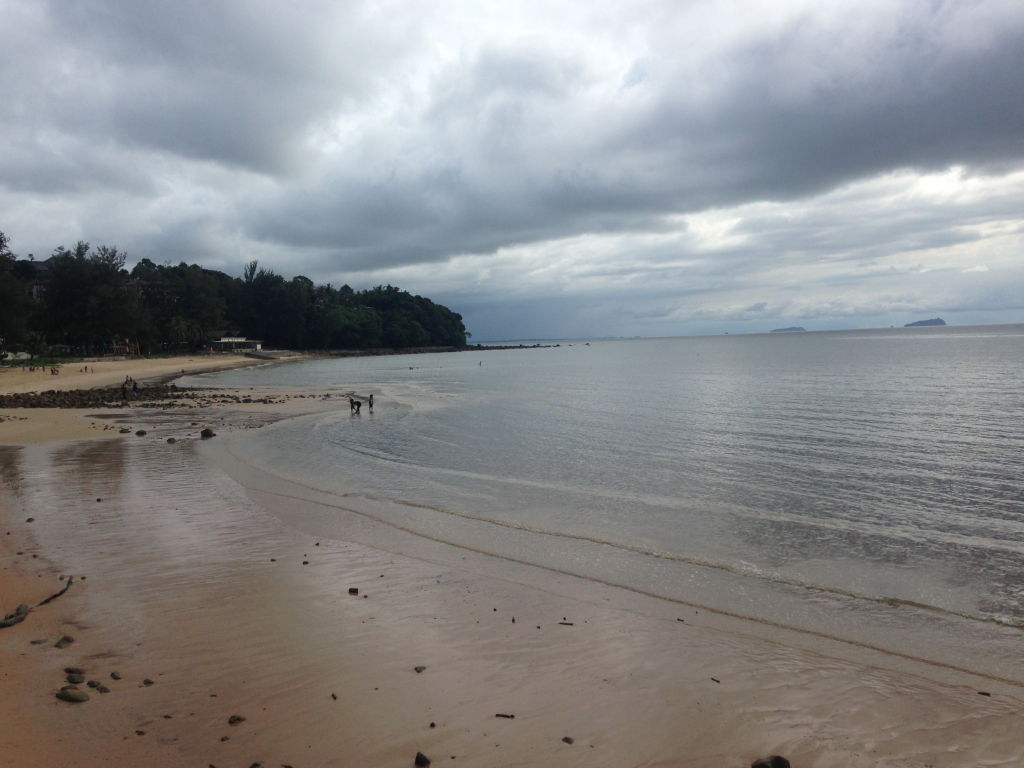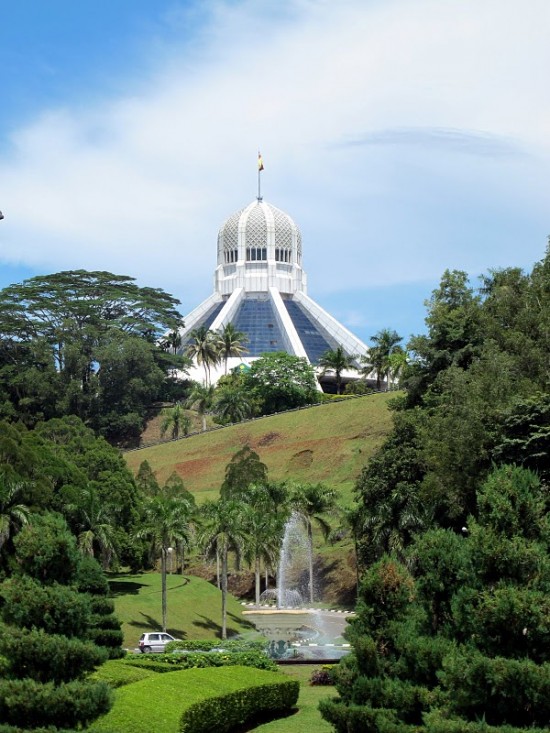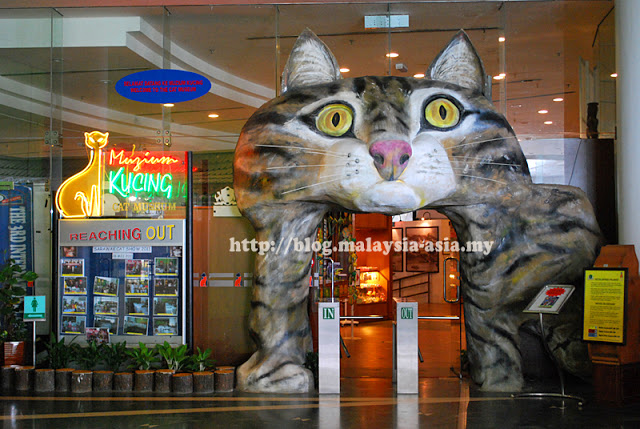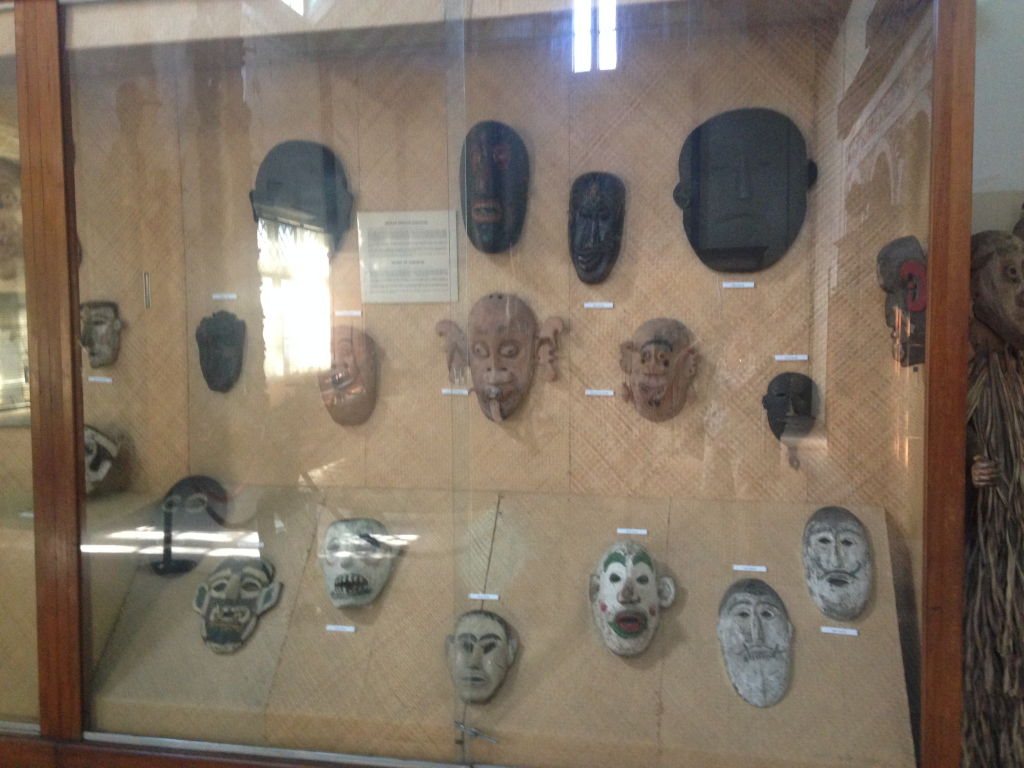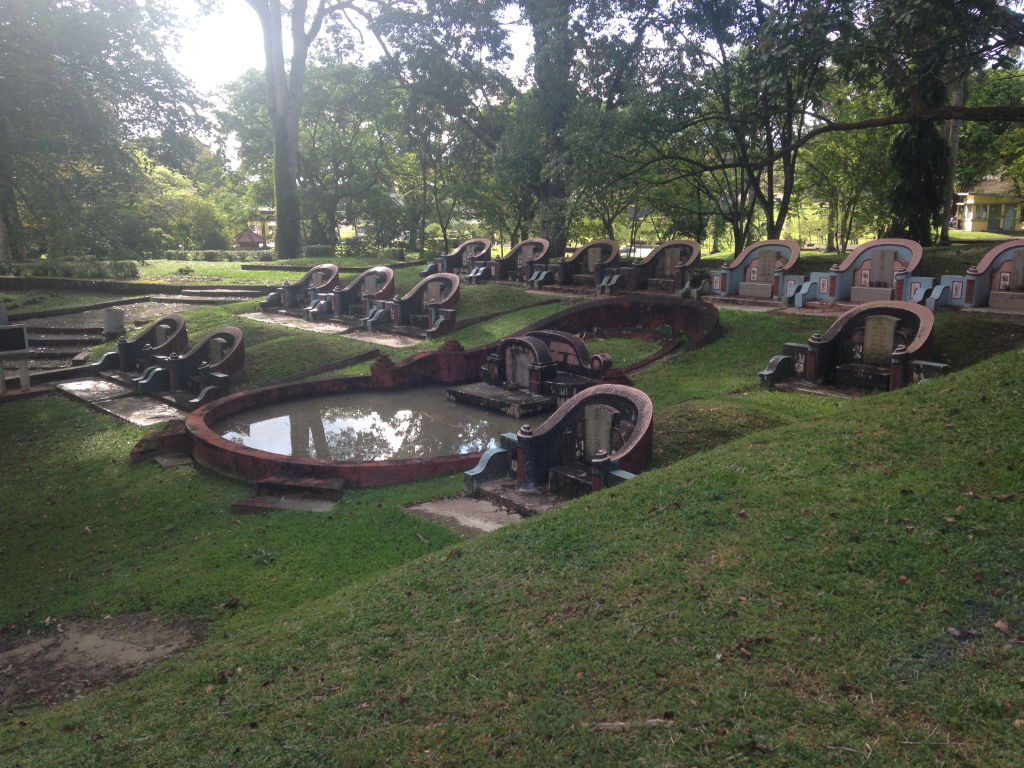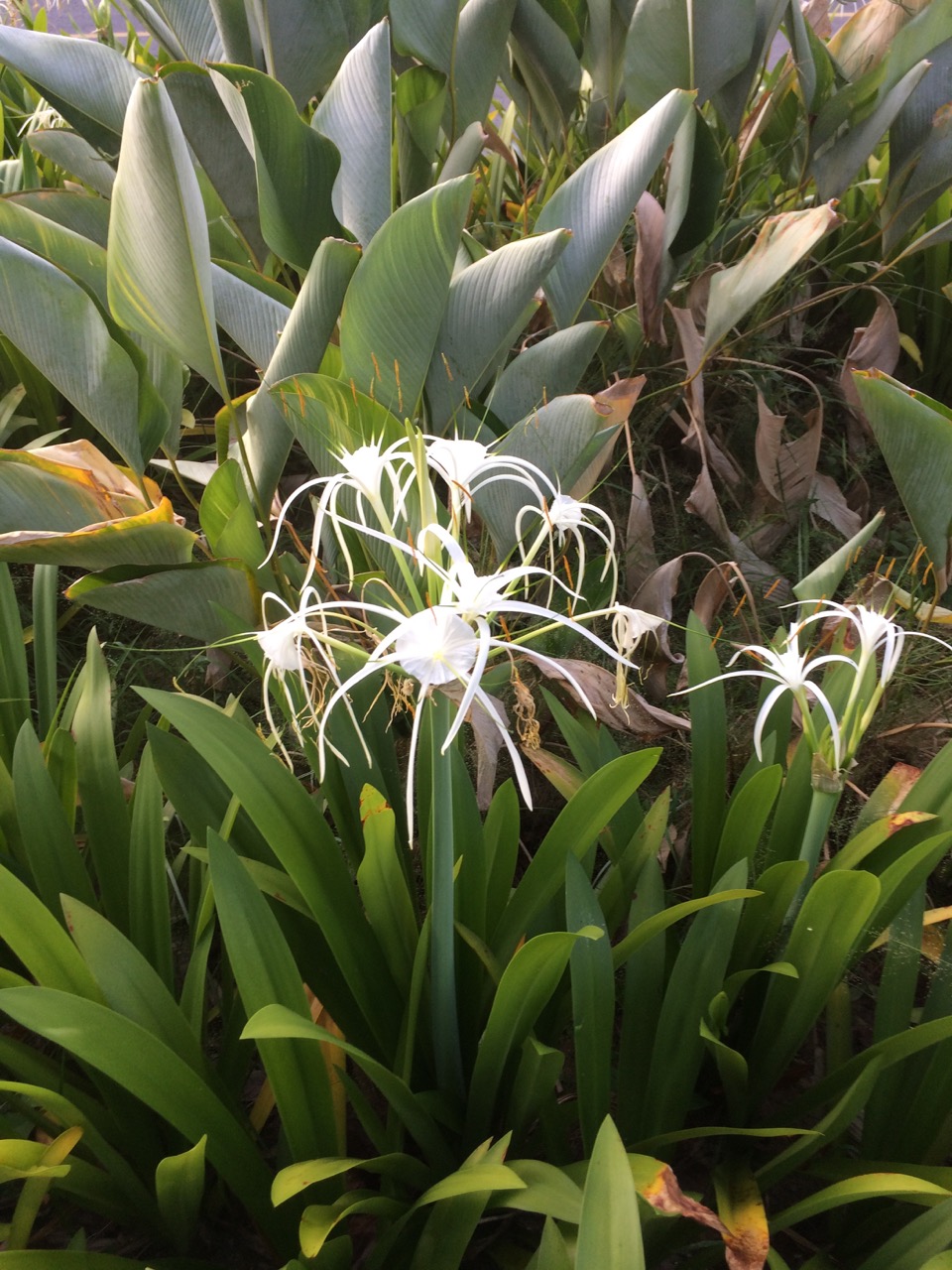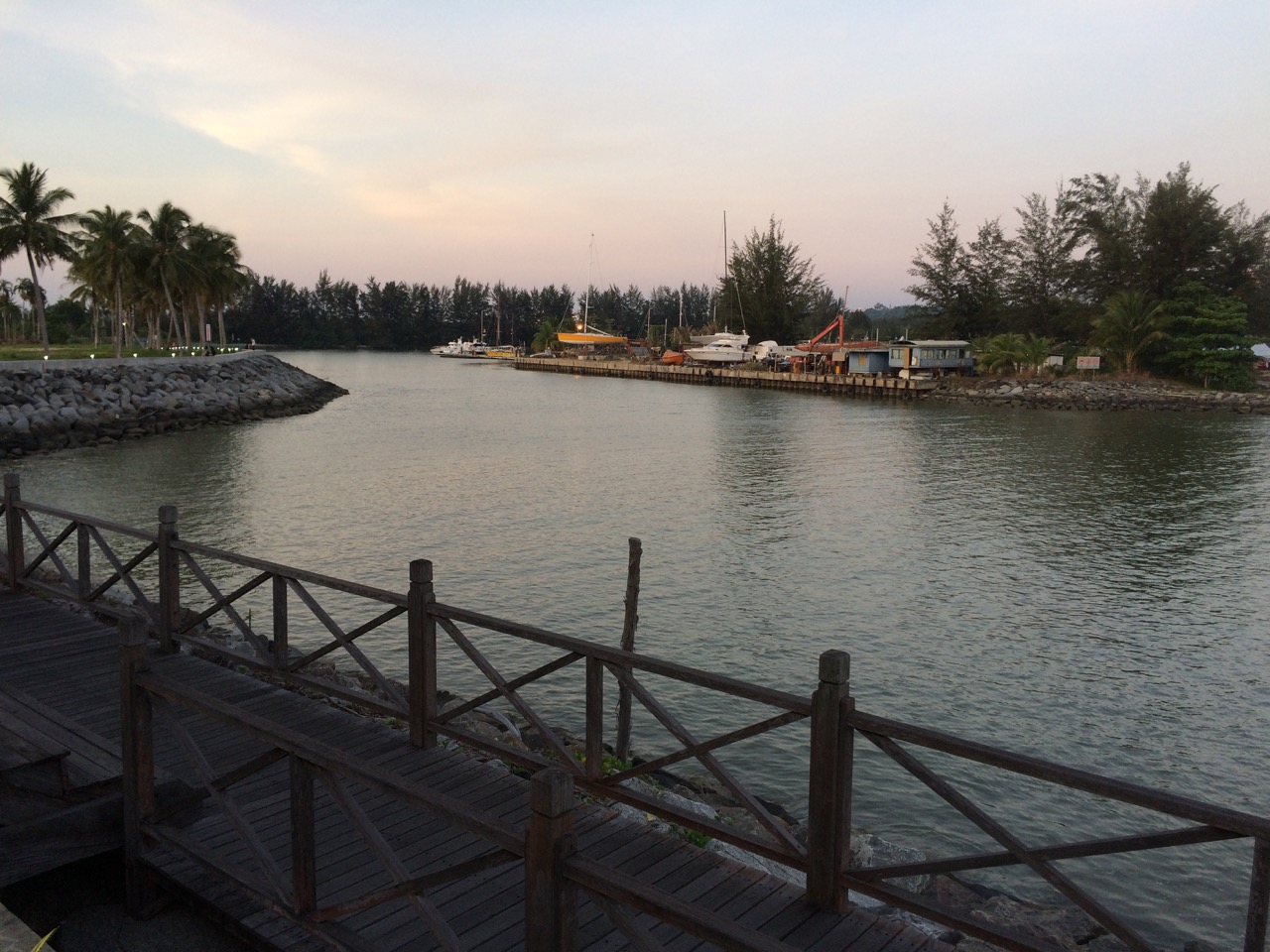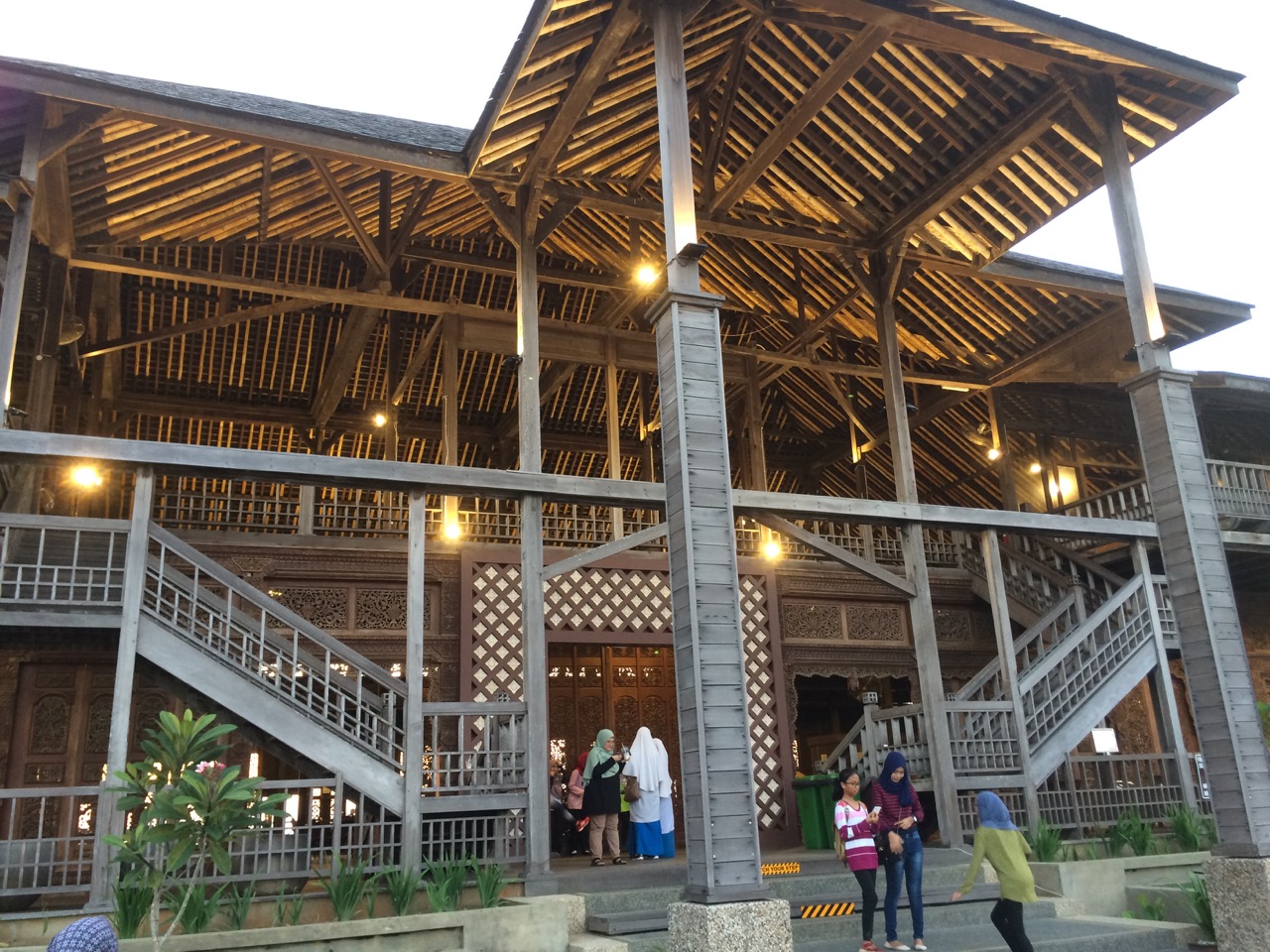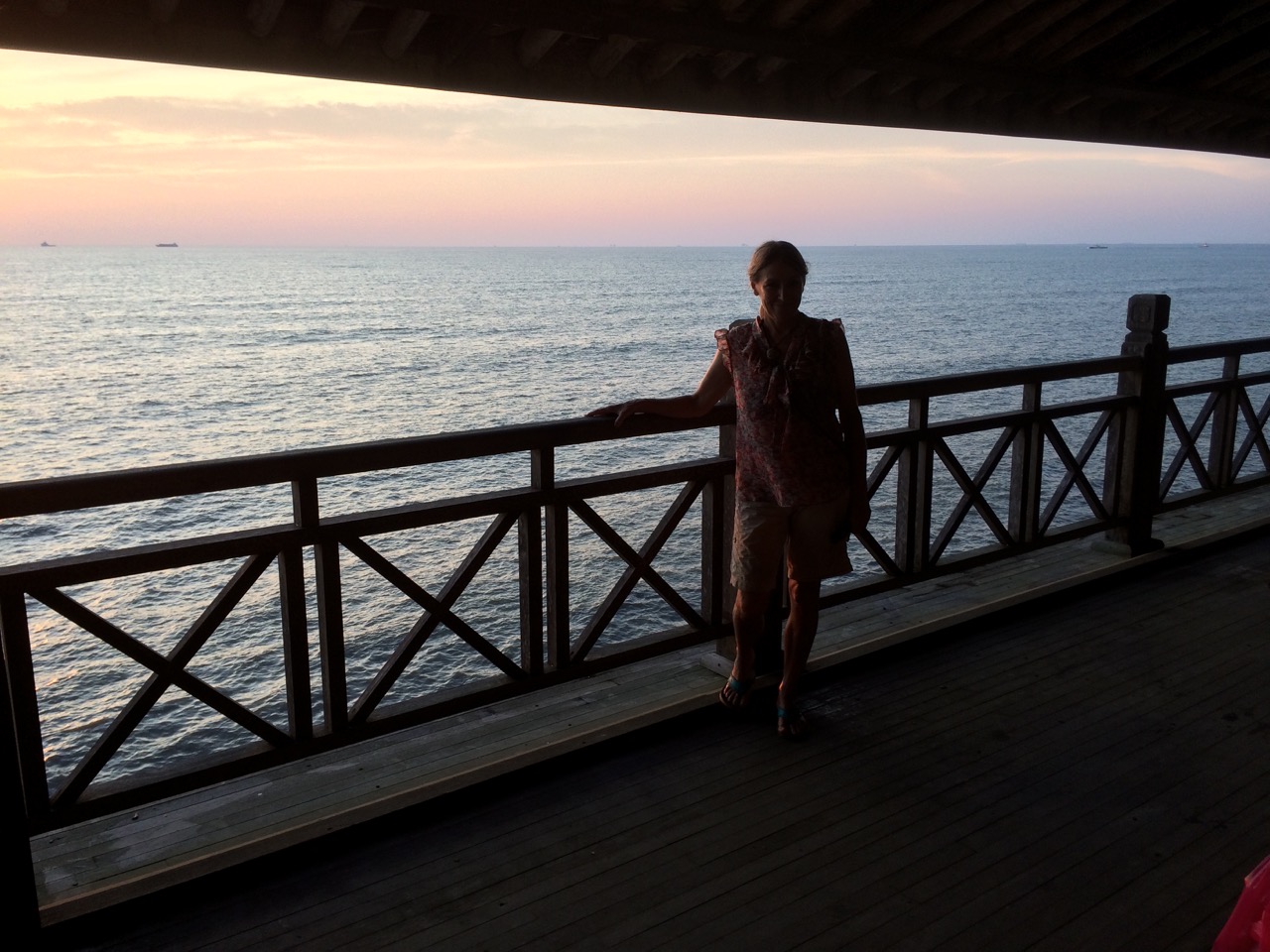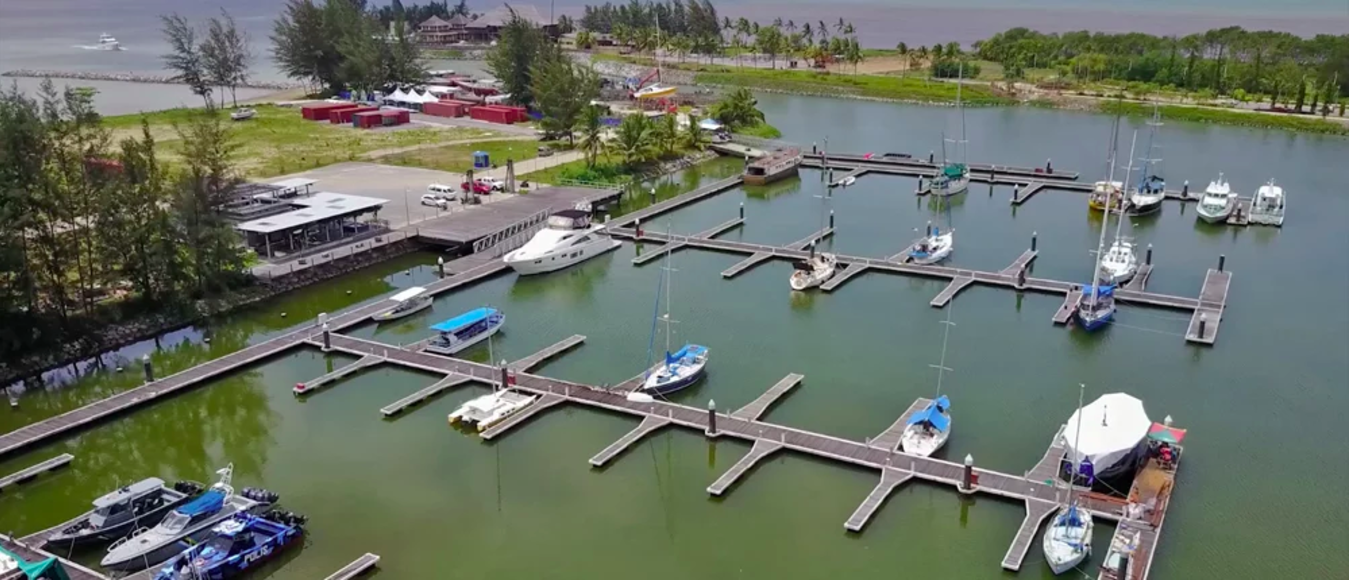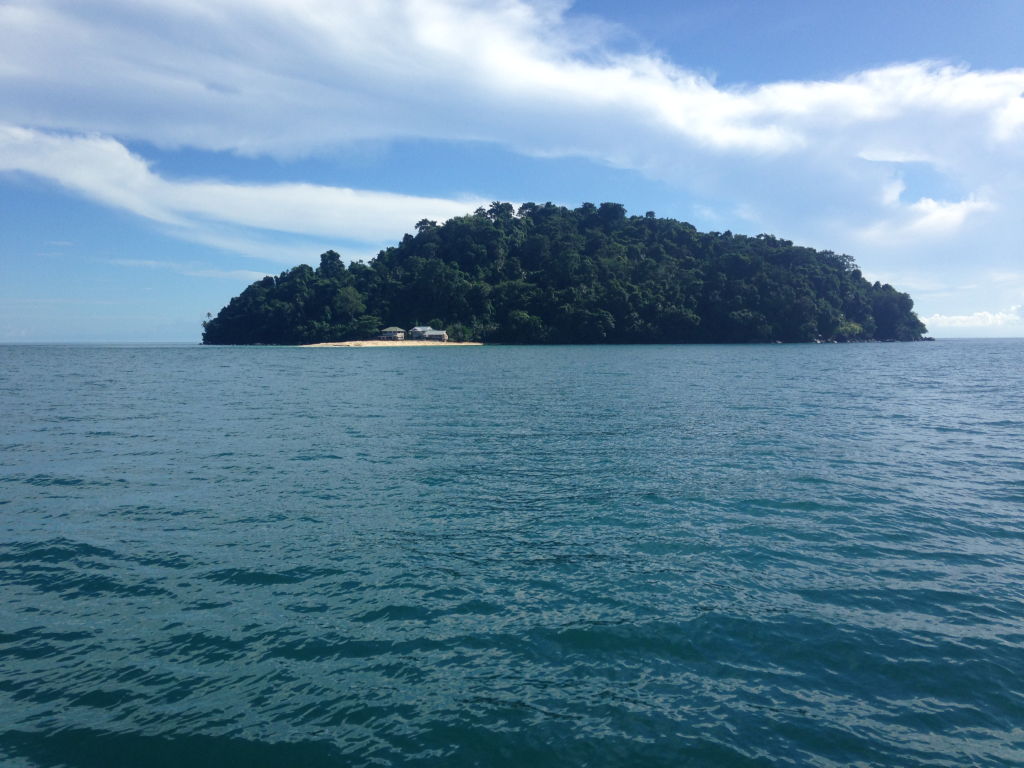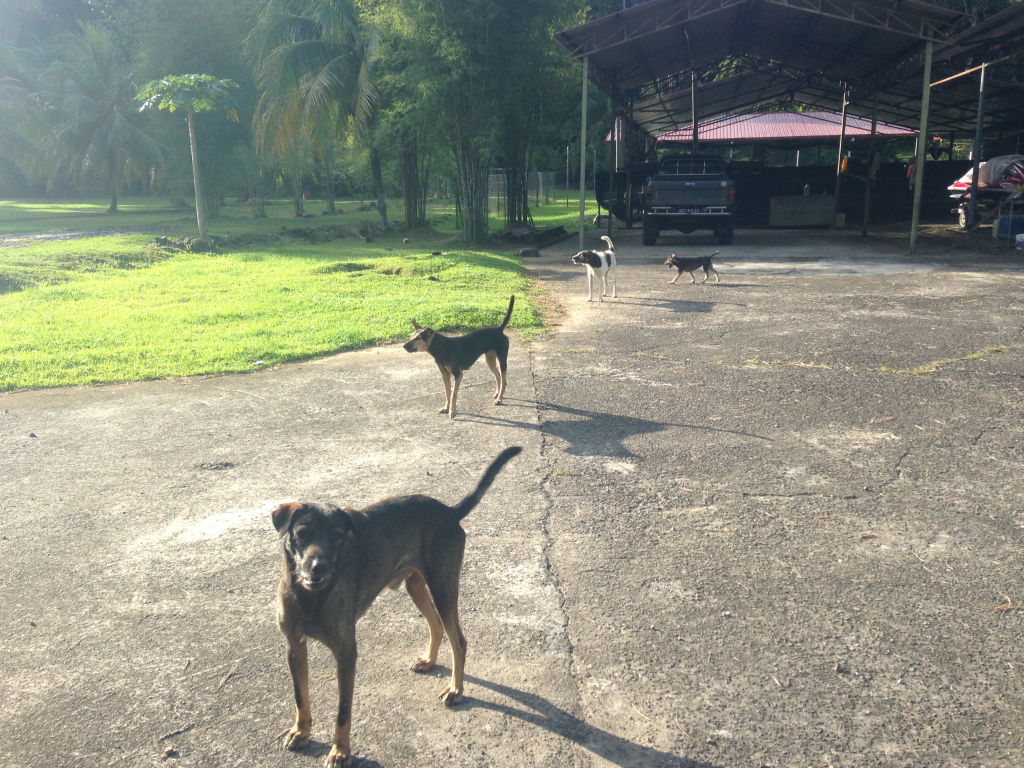We’ve been back in Eastern Malaysia for just over a week now and we’re just about getting used to the time difference and the contrast in temperature. It doesn’t feel as hot and humid as it was back in July – I know this because I have felt more inclined to do jobs instead of lazing all day ;-). There have been one or two occasions when the breeze felt cool, as opposed to feeling like the blast from a hair dryer, which combined with a few heavy rain showers, made it feel almost autumnal! Having said that, it is still hot…well, we are in the tropics after all. It feels good to be back on Sister Midnight and the ‘liveaboard’ life.

During the unpacking and stowing on our first day here, I rediscovered things I’d forgotten I had left on board, and hadn’t needed to bring over from the UK, such as reading glasses and various cruelty-free toiletries. We had arrived at night, relieved to find everything dry and creature-free so we only had time for a brief sort out – enough to get the bed made up, the power and water running and to move some of the large deck equipment out of the cabin. Paul was up early the following morning, on a mission to get bread and bottled water, and when I woke a bit later to join him for coffee and toast, I naively assumed we had effectively dodged any jet lag and would now slip smoothly and effortlessly back into normal sleep patterns. We didn’t! For two or three days after that we were both lying in bed with our phones lit up for much of the night, while feeling lethargic and dozing for parts of the day. Our first full day was spent unpacking, sorting and stowing. I was intrigued by a new sign that had been put up on the wall warning people in the marina about the possibility of crocodiles in the water and wondered if there had been an incident that had prompted it. We found out later from one of our neighbours that it’s merely for ‘insurance purposes’ and it’s highly unlikely that one will venture into the marina. It won’t stop me looking though.

We took a walk into Miri centre early that first evening to get a few more provisions from the supermarket. I couldn’t help remembering the wriggly, reddish brown centipedes or millipedes that tend to traverse the paths at that time of the evening. I’m trying to control my urge to squeal when I see one because it’s going to limit where I can go and what I can do, not just here but in other countries too. However, it’s not that easy to eradicate a phobia by employing mere mind over matter. Ask anyone who’s afraid of spiders! One of the books I’m reading isn’t providing much comfort on the matter. Redmond O’Hanlon describes his journey upriver into the middle of the jungle in his 1983 book Into The Heart of Borneo and the first paragraph on page one lists certain local creatures and diseases to be avoided, along with helpful hints on how to thwart them:
‘…there is no matching the strength of that irrational desire to find a means of keeping your head upon your shoulders; of retaining your frontal appendage in its accustomed place; of barring 1,700 different species of parasitic worm from your bloodstream and Wagler’s pit viper from just about anywhere; of removing small, black, wild-boar ticks from your crutch with minimum discomfort (you do it with Sellotape); of declining to wear a globulating necklace of leeches all day long; of sidestepping amoebic and bacillary dysentery, yellow and blackwater and dengue fevers, malaria, cholera, typhoid, rabies, hepatitis, tuberculosis and the crocodile (thumbs in its eyes, if you have time, they say).’
Into The Heart of Borneo, (p.1), Redmond O’Hanlon
Admittedly, he was venturing deep into jungle territory, but the mere thought of a necklace of leeches is enough to keep me from being near the perimeter of the jungle. Anyway I will keep trying to conquer my fear. The supermarket in Imperial Mall, I remembered, had an impressive variety of vegetarian food in their freezer department so I spent a happy 15 minutes examining it all and reading the ingredients (I know how to have fun 😉 ). I was particularly fascinated by a bag of frozen prawns that looked exactly like real prawns. I called Paul over to see them and he was less than impressed, remarking that they shouldn’t be allowed to use the word ‘prawn’ in the description.

Wine is terribly expensive here. We bought one bottle for the princely sum of £17! We have since found somewhere that sells it a bit cheaper but it’s still pricey. After that pleasant amble around the aisles of the supermarket, we went for dinner at Madli’s, a Muslim eatery we’d visited a couple of times in July. Situated (almost literally) on Miri’s long, lively main street where there are several bars, restaurants and clubs, it’s been there since the 90s and has a good range of food, including traditional Sarawakian, Chinese, Malay and Western (they also cook veggie dishes to order) and the staff are lovely.

On Saturday evening, after a lazy ‘do-nothing’ couple of days, we thought it would be nice to walk to the waterfront area opposite the marina to watch the sun set. I had been trying to shake off a persistent bad cough and hadn’t done much for two days, so welcomed the idea of some exercise. It’s a 40 minute walk to this area, where the seahorse and the CocoCabana complex is located but it’s a pleasant walk along the wide tree-lined pavements. People were jogging past us in preparation for the charity run that would take place later that evening. The build-up had been quite a noisy affair, with PA systems being tested by playing an assortment of bass-heavy music all day, which was so loud it had made the cabin floor vibrate. Now, an MC was trying to get everyone in the mood by yelling out corny pantomime-style exhortations to cheer and dance and shout out that they were happy and ‘ready to run’. We bought a beautifully refreshing cold drink from one of the refreshment stalls when we got there. I was expecting the lemon juice drink I ordered to be sour because I asked for no added sugar (they tend to put lots of it in drinks here) but it was gorgeous and even eased my cough for a while. The pictures below show how beautiful the sky is at twilight here.
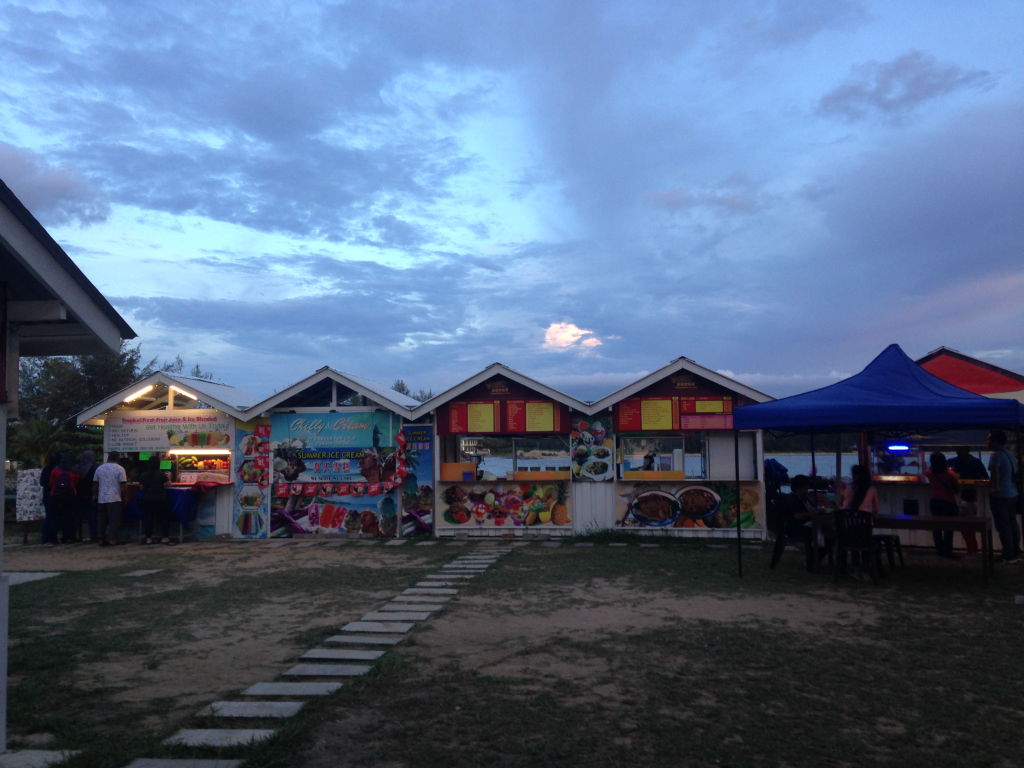


Woke up to heavy rain late on Sunday morning, and a much cooler temperature. Paul has referred to the bread I baked on this afternoon in his post. It was disappointing because I had tried it at home and it was a huge success with a golden brown crust and fluffy white texture. My granddaughters loved it. I used Jamie Oliver’s basic bread recipe which unlike the one I had been using previously, doesn’t require cooking oil but has more yeast and less kneading. I had been looking forward to trying it out on the boat. It all looked fine until it went in to the oven where it rose and smelled the part but for some reason it remained white in colour, even though it was clearly ready to come out. The bottom was brown so I can only assume I need to tweak the temperature and the shelf it’s placed on. The flour may also have been a factor. Here, unlike the helpfully labelled ‘bread flour’ on the shelves at home, there are several types on offer but we’ve had to ask which one would be best for bread. We’d been told that the high ratio type was ideal and that was what I used. Since then we have been to one of the shops in the complex here and sought further advice. This shop is aptly called ‘Bakery Ingredients’ and is delightful. Inside, it smells like sweet cakes and has a fascinating array of products – the majority of which are sugar-based but there was plenty of flour to choose from. We came out with two bags of ‘top flour’ which we were assured contained more protein and was perfect for baking loaves. I haven’t tried it yet so watch this space. Anyway the anaemic loaf was edible at least and it came into its own when toasted 😉 .

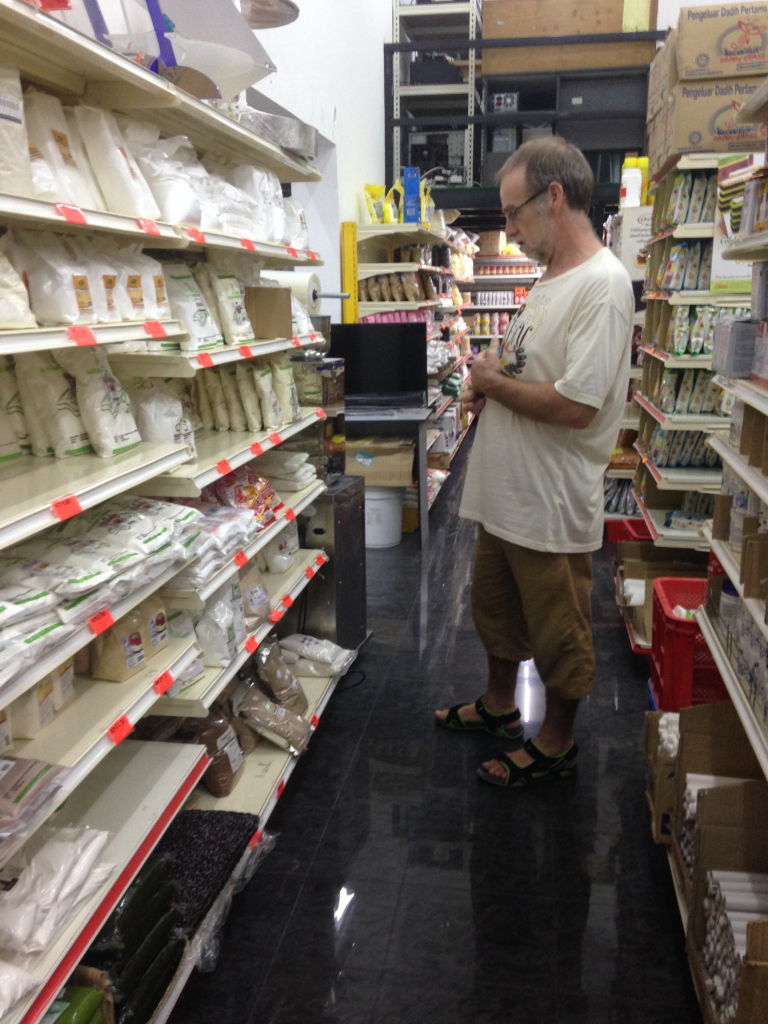
We walked to the area known as Marina Square late in the afternoon. This is the huge shopping and dining complex about thirty minutes’ walk away from the marina. I had made notes about the place during our visits to it in July and I have looked at them to see if my initial impression had altered. I had described it as deserted and soulless and it still seemed like that to me. It’s a fairly new structure, built as part of a plan to turn the whole area into an attractive tourist destination. Signs advertising the completion of this, promise it will be in April 2018. For this reason, quite a lot of the units haven’t been sold or opened yet, while those that were had few customers. The bars and restaurants are mostly the type you’d expect to see in major cities, except that they lacked atmosphere. To be fair, this is probably only a temporary state. A couple of the more popular establishments show how it could become a lively and vibrant stomping ground in time.

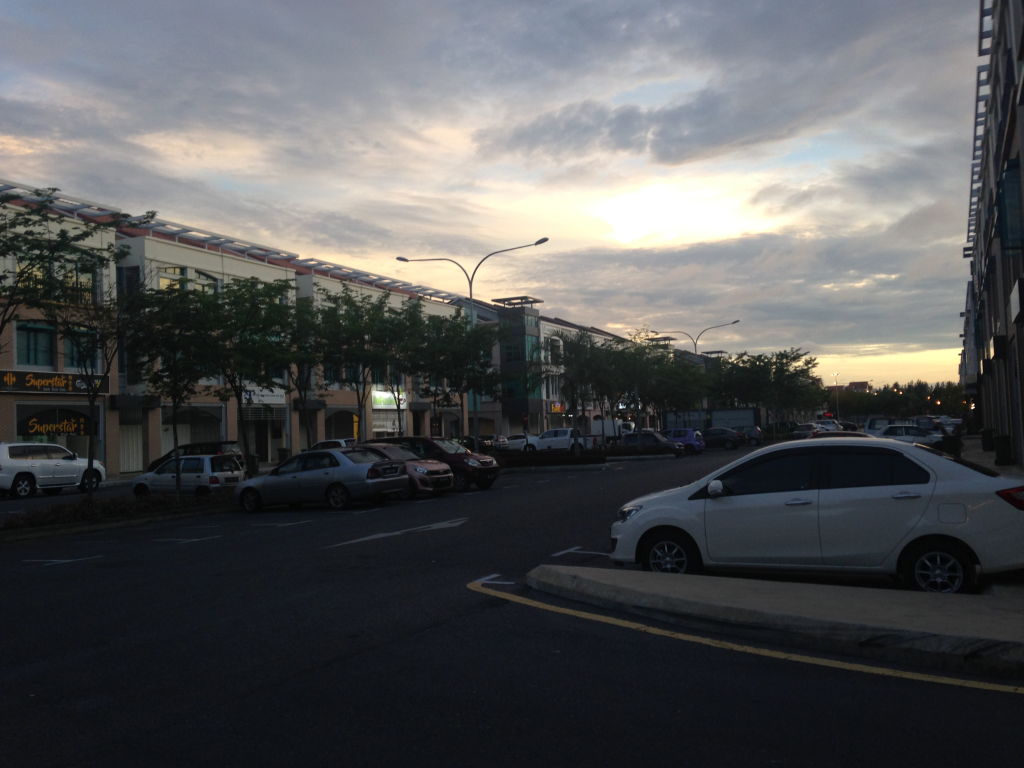
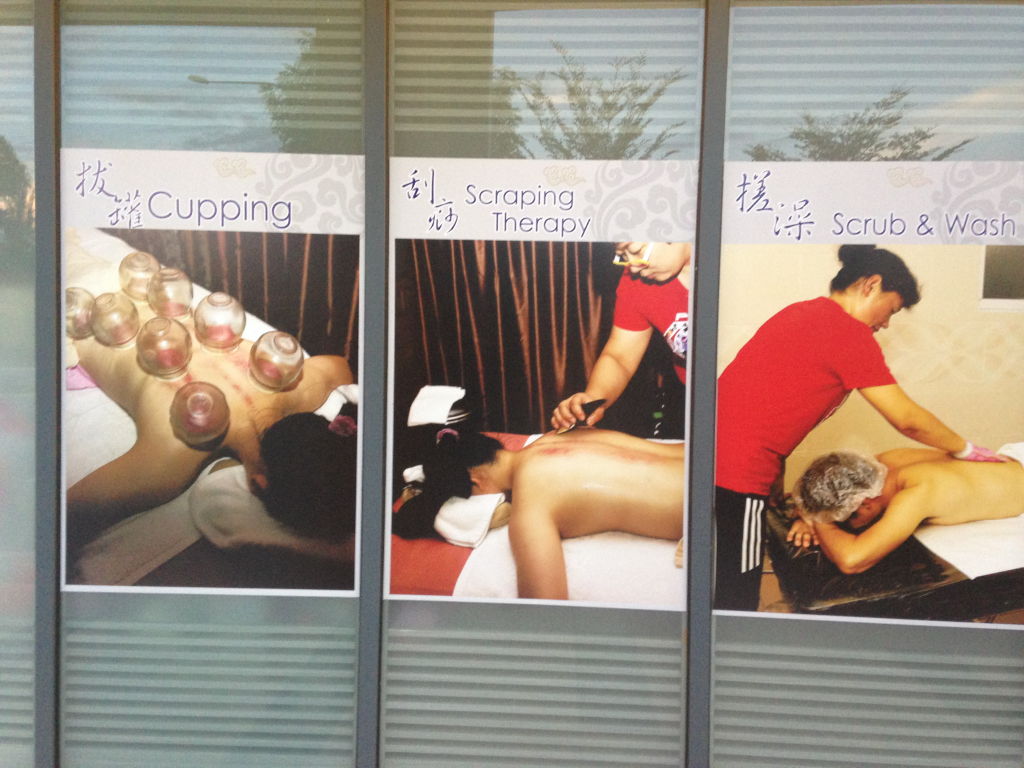
Before we left for the UK we had been to a bar called Chillax to have a drink with some of our neighbours in the marina, and it was here we headed for. I think that in the two months we’ve been away, more units had opened and it seemed there were more people around. Chillax is one of the more favoured bars, but like all the others, (we asked) it doesn’t sell white wine – only red. We guess this is because it’s not as easy to keep if there is little demand for it. We ordered some chips to share with our drinks but weren’t expecting the huge bucket of them that arrived, so ‘Tiger’ beer and chips turned out to be my somewhat unhealthy dinner that evening.
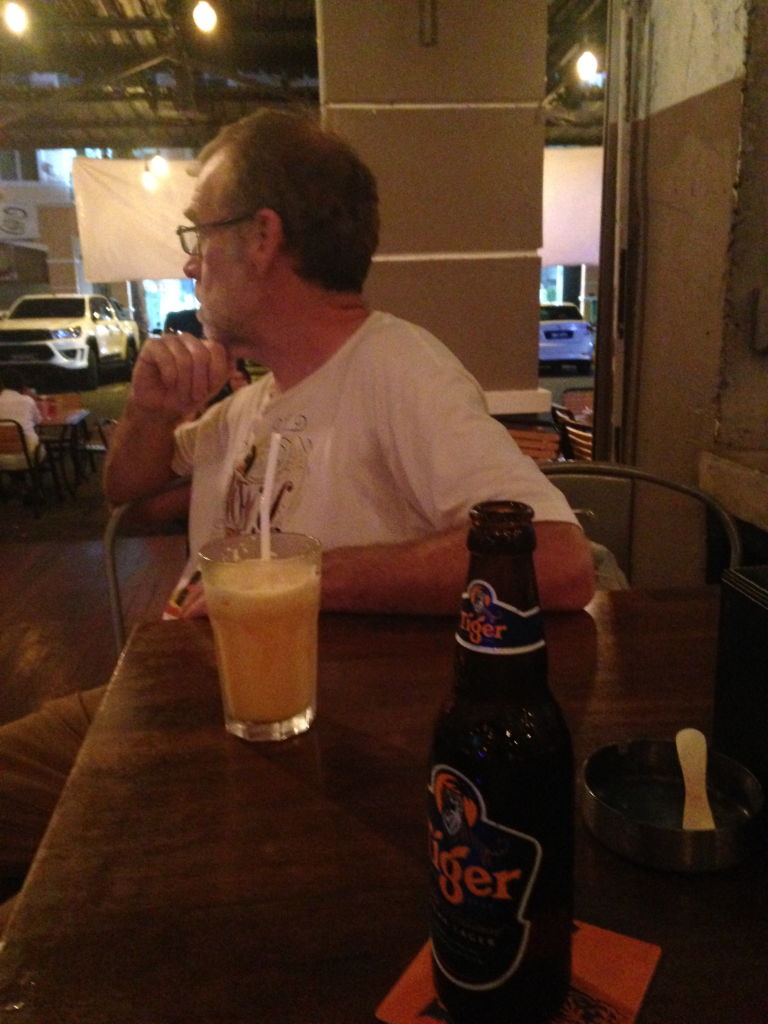
Oh, and it appears that Christmas has arrived here already so never let it be said that the UK is the only place where decorations start to appear far too early 😉
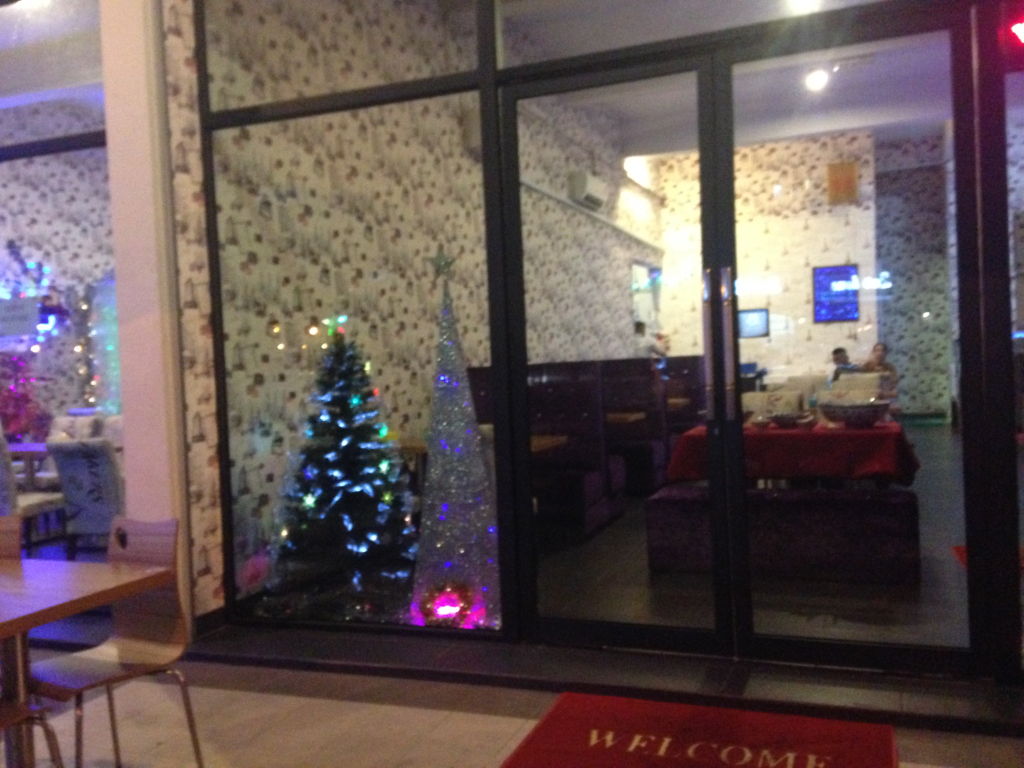

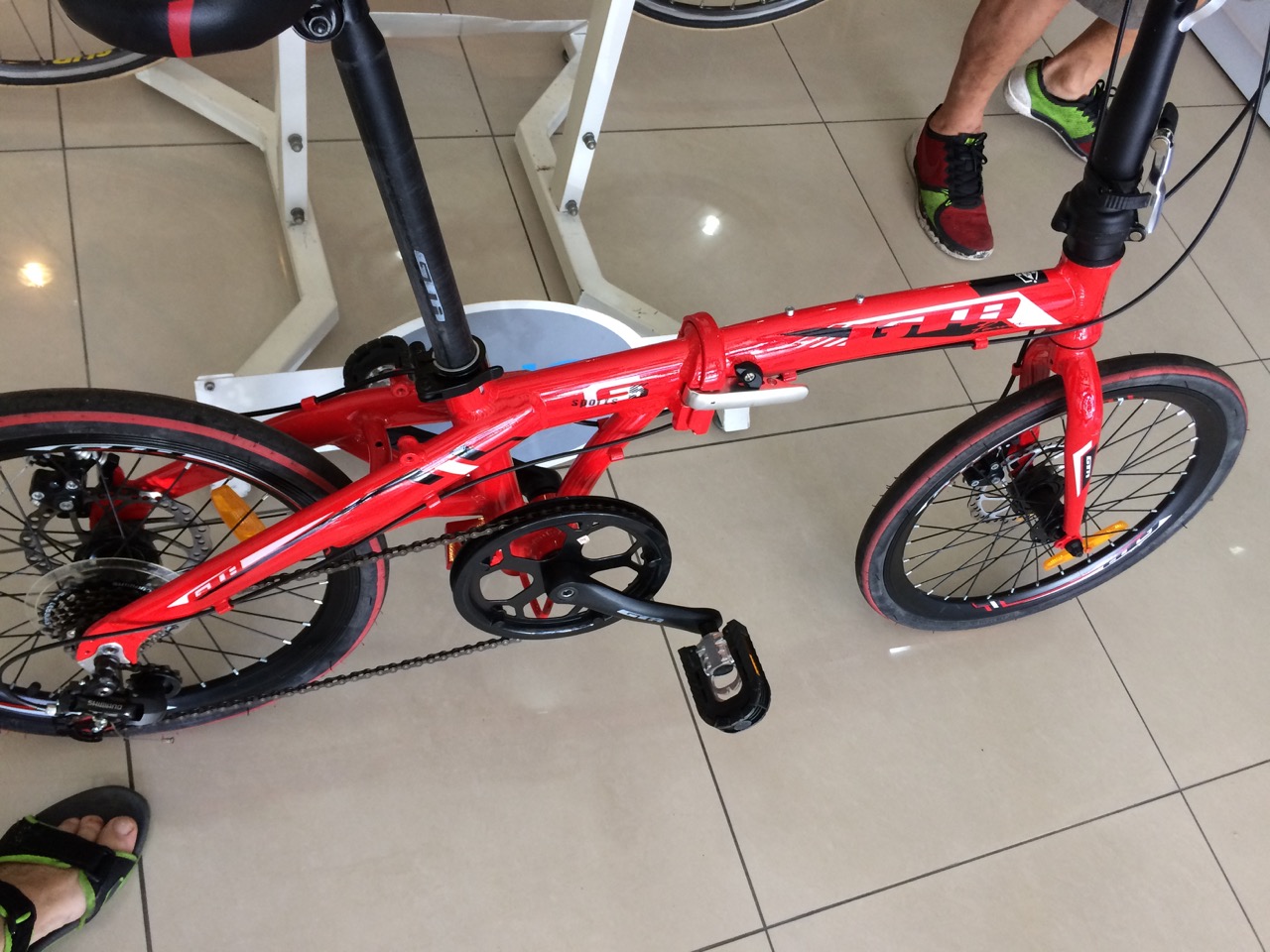
 It’s Labu Kecil, but that describes two very different members of the same family, neither which look or taste much like courgette, but it was fun learning.
It’s Labu Kecil, but that describes two very different members of the same family, neither which look or taste much like courgette, but it was fun learning.
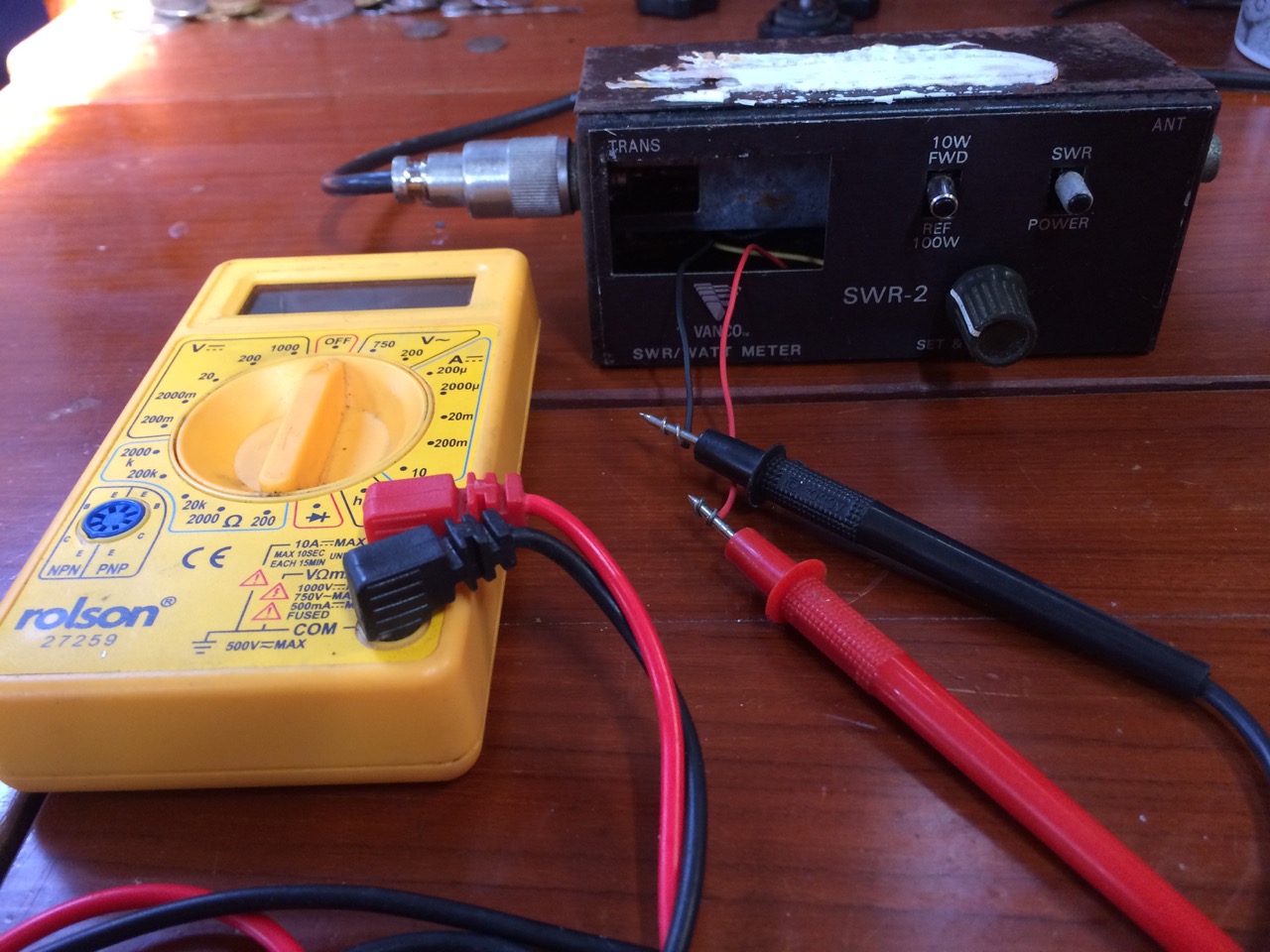 I have the Iambic keyer wired up, and have tested I can send morse code, but my old 28 words/minute seem to be more like 2.8wpm now, my reactions on the paddles seem a lot slower.
I have the Iambic keyer wired up, and have tested I can send morse code, but my old 28 words/minute seem to be more like 2.8wpm now, my reactions on the paddles seem a lot slower.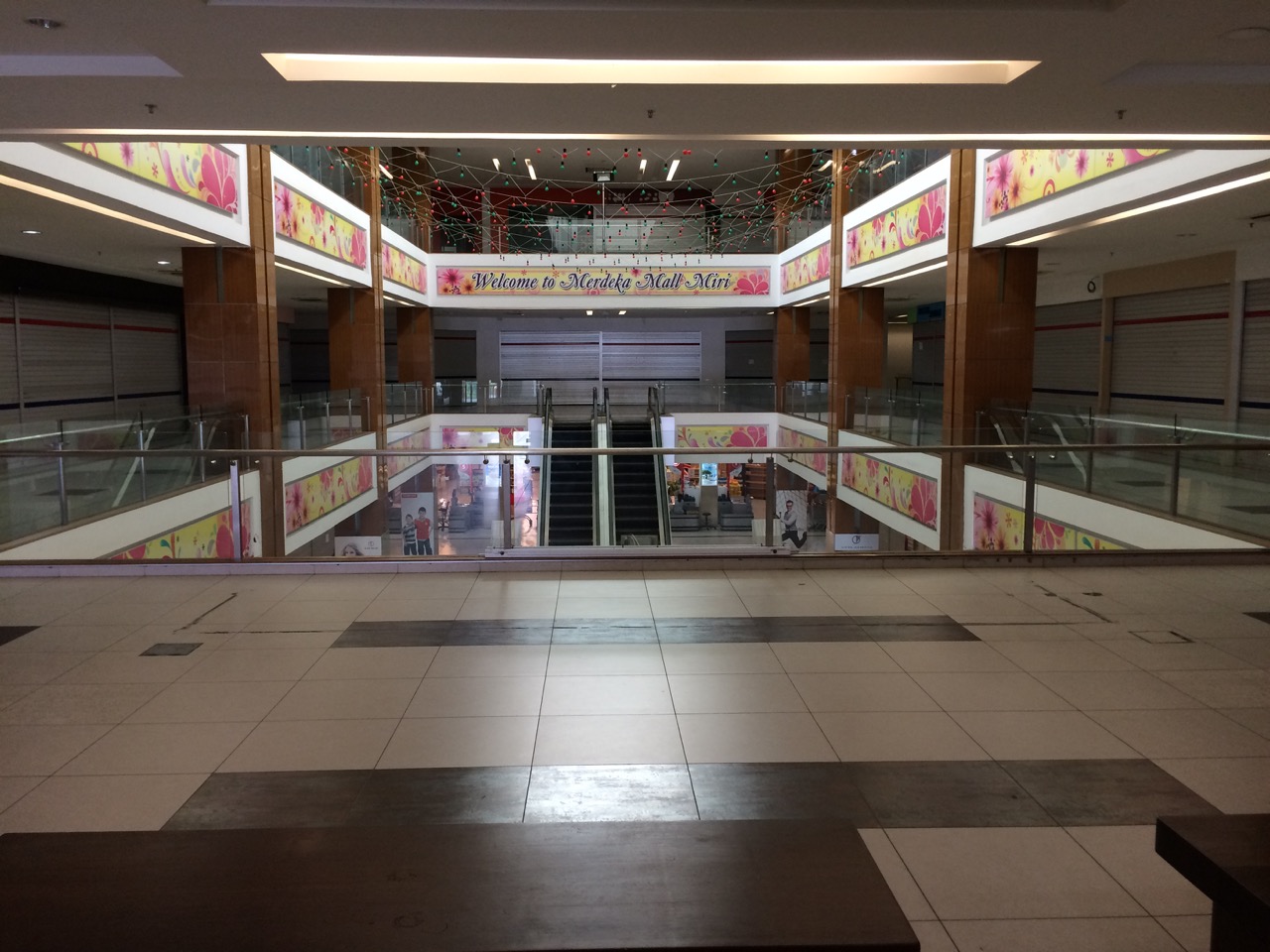
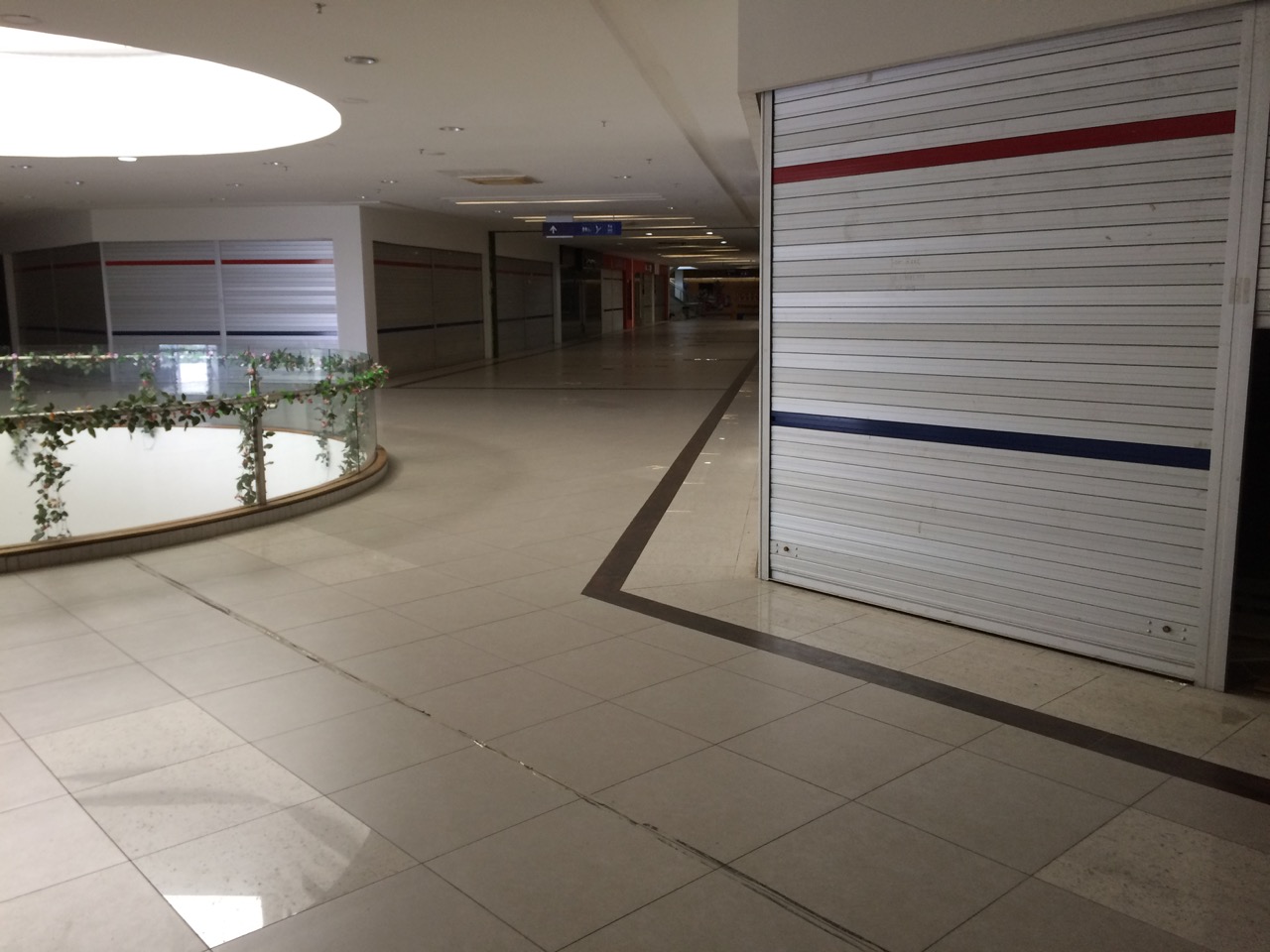 I have been in Malaysia long enough now for this not to phase me. when we reached the ground floor, we found a big supermarket, with a great range of food, just as William had predicted. However we were the only customers in the shop. Very odd for 11AM. I whipped out my phone to check it wasn’t ‘Malaysian National Boycott the mall day’, but no. Just an ordinary day. So we filled our boots and headed off to the next mall ( 2 of 4, it turned out).
I have been in Malaysia long enough now for this not to phase me. when we reached the ground floor, we found a big supermarket, with a great range of food, just as William had predicted. However we were the only customers in the shop. Very odd for 11AM. I whipped out my phone to check it wasn’t ‘Malaysian National Boycott the mall day’, but no. Just an ordinary day. So we filled our boots and headed off to the next mall ( 2 of 4, it turned out).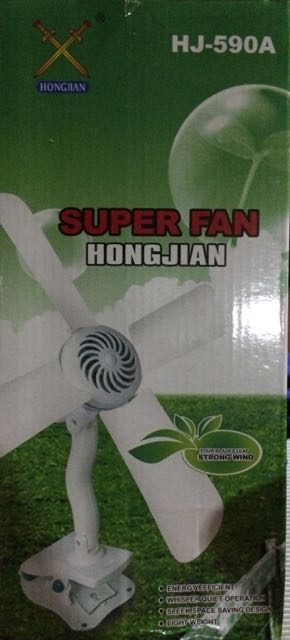
 I don’t think you can even blame google translate for this one, I’m just amazed that a major high street supermarket chain, sells products so badly packaged! For most things electrical you buy here, there is usually a testing station in the supermarket where a man will unpack your fan, fridge, light bulb, tv etc and plug it in and test it. The reason being, there is quite a high failure rate, and they wont accept returns. I forgot to get the fan tested, but it worked anyway. I’m looking forward to a luxurious smooth quiet sleep tonight.
I don’t think you can even blame google translate for this one, I’m just amazed that a major high street supermarket chain, sells products so badly packaged! For most things electrical you buy here, there is usually a testing station in the supermarket where a man will unpack your fan, fridge, light bulb, tv etc and plug it in and test it. The reason being, there is quite a high failure rate, and they wont accept returns. I forgot to get the fan tested, but it worked anyway. I’m looking forward to a luxurious smooth quiet sleep tonight. I have no idea what the product is, but the handshake under a shrimp, sold it for me!
I have no idea what the product is, but the handshake under a shrimp, sold it for me!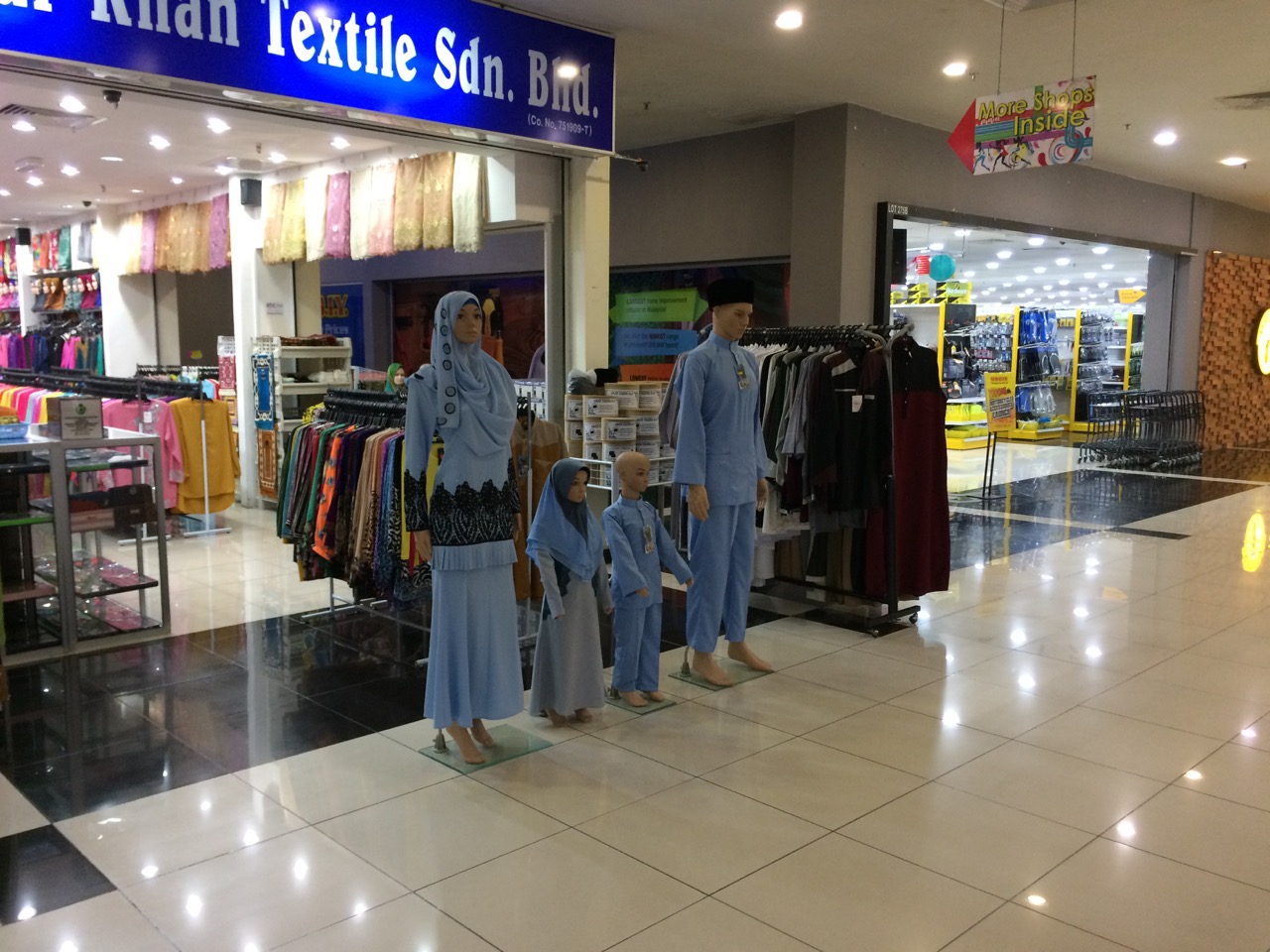 They are so striking to come across in the mall, yet I expect local people here think nothing of them, I wonder if the locals were in Liverpool 1, they would feel the same about our silver, or headless mannequins.
They are so striking to come across in the mall, yet I expect local people here think nothing of them, I wonder if the locals were in Liverpool 1, they would feel the same about our silver, or headless mannequins.
